Nigeria – in danger
In Nigeria we find out that Africa is not only a beautiful land, but a dangerous one. And very much so. Driving along a perfectly good asphalt road towards Abuja, the capital city, we pass through an uninhabited forest region. Nigeria is a very dangerous country, every few dozen kilometres we pass control points where soldiers armed to the teeth, in helmets and bulletproof vests inspect all passing vehicles. After dark, driving between two of these control points we notice a blockade in the road, evenly placed rows of bricks and tree branches. At first we thought the road was closed because of some road works up ahead. So we turn on all the lights on the car to look around to see whether we missed some diversion somewhere. We also carefully look to see if anyone’s lurking in the forest. Our halogens light up the whole area in a few hundred metre radius around the car but we don’t see any vehicles or people. At that moment we notice a car approaching from the distance. We turn off the lights so as not to blind the driver and wait while he handles the road. When the car is already quite close we notice that it’s more like a lorry, which instead of slowing down is speeding up and also sounding the horn. It passes us in a second, not slowing down at all and violently bursts through the blockade and drives off. We immediately understand the whole situation. The lorry wasn’t driving away at all, it was escaping! And the barricade on the road has nothing to do with road works – it’s an ambush! But it’s too late. The people hiding in the forest also understand that we know already. Then the action really speeds up. The robber, or robbers, because in the darkness broken only by our car’s lights we couldn’t orient ourselves, blind us with their lanterns. And the whole time they’re shouting at us in a language we can’t understand. Not thinking about whether they’re yelling “get out of the car” or maybe “stop or I’ll shoot” I instinctively throw the car into first gear and hightail it out of there. At that moment we hear a shot that bounces off the side window and damages the front one. Maximum adrenaline. We don’t slow down. My left hand is bloody from shards of broken glass and for the first time in my life I do something I’ve only seen in movies – I check that I wasn’t hit anywhere else. Piotrek cowering in the corner just yells “let’s get the hell out of here” like he thought I would want to stay. And then everything runs purely on instinct. We drive on forcefully and destroy the already partially broken barrier and we escape. For the next few minutes, in complete silence, we drive at full speed, all the time watching the rear-view mirror. No one’s chasing us and in about 15 minutes we reach the next control point where we inform the soldiers about what happened. And what does the army have to say about it? Well, it’s dark, they don’t have a car, they can’t do anything. And that we’re extremely lucky. But you don’t have to tell us that. Or remind us. We have the bullet stuck in the body of the car for that.
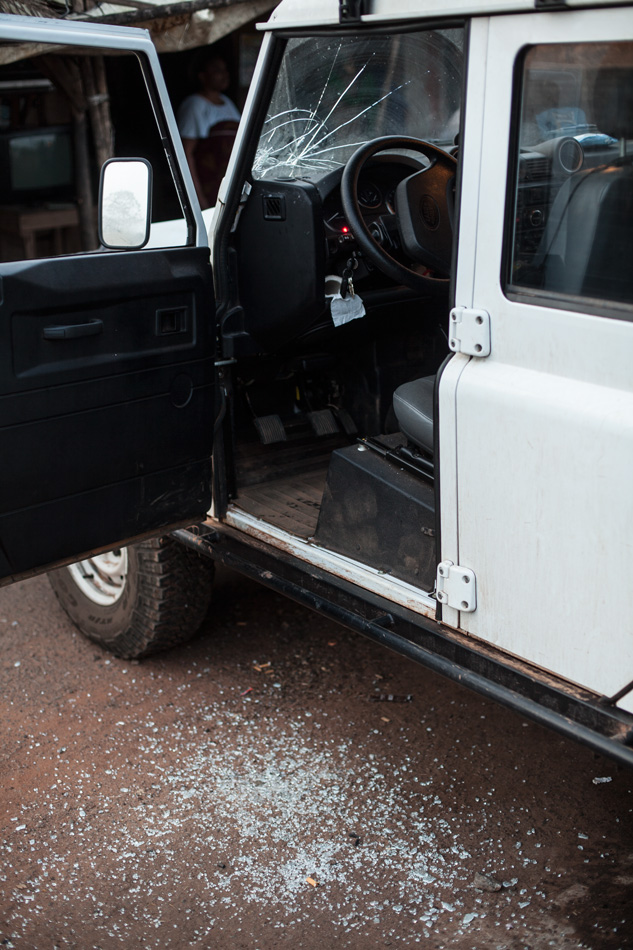
Nigeria. Morning. Shots broke the side window and damaged the front one. Below are shards of glass swept out of the car.
Cameroon
In the equatorial forests of Cameroon we have a series of incidents. After making it through the first mud puddles, our alternator breaks down. With our hearts in our mouths we continue through the tropical forests, not taking our eyes off the voltmetre. The whole time we’re wondering how long the batteries will last. Along the way we come across a small village where the local mechanic helps us take apart and rinse the alternator. Unfortunately this doesn’t help.

In the next village they can’t help us, but at least we’re able to charge the battery and move on. Are we going to have to cross Africa recharging our battery all the time? Unfortunately a situation left unresolved goes from bad to worse. The brakes stop working. That’s Murphy’s Law at work. If something can go wrong, it will, and in the least expected place, far away from civilisation.
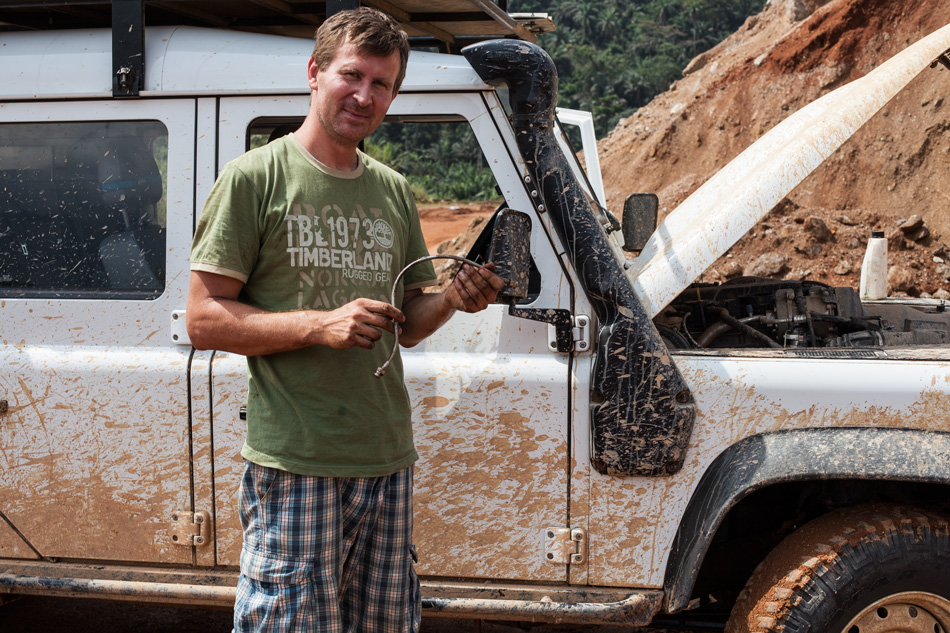
Real bad luck. We still haven’t been able to repair the alternator when we have our second surprise. Somewhere in the tropical jungle, I press the brake pedal and…nothing. I press again and…nothing. Everything would be under control if it weren’t for the fact that we’re going downhill :). The cause – the brake line has snapped. And before the trip we’d exchanged it for a stronger one, with a steel cover…
We handle the broken brake line ourselves. We only repair the alternator two days later when we find an electrician who takes it apart and cleans one of the brushes that was blocked with mud. We’re saved!
We’ve probably had our fair share of bad luck for the whole trip. Other than that, Cameroon is beautiful.
Congo
In Congo we visit gorillas, this is one of two or three countries
in Africa where you can still see them living in the wild.
In Congo we also live through some dangerous moments. Mainly in the capital – Brazzaville – where we’re forced to wait 2 weeks for visas to Angola. But we can’t complain about being bored. The next day a series of violent explosions knocks us off our feet. At first the large mushroom cloud that appears in the sky arouses more curiosity than worry. But when the explosions are repeated, seem to be ever closer, more powerful, and the glass is flying out of windowpanes around us, we’re scared for real. At first the calm people start to panic, they run as far away from the explosions as possible. Cars honk their horns as the drivers try to get as far away as fast as possible. The shouts of people escaping. When we see the army and police running away we really start to be scared. Not knowing what’s happening, we hide in the building, trying to wait out the explosions. But the people from the building are also running away. Panic. The first thing that comes to mind is terrorist attacks, or even war. After a while we find a room where there are a dozen or so white people. It’s more lively. Here in silence we wait for any kind of news from the French embassy. After half an hour the first unconfirmed information reaches us. A munitions warehouse exploded in the city centre. Later we find out that a whole district of the city was wiped off the face of the earth and several dozen people died under the rubble of their own houses. This is according to information from the army. According to residents, the real number of victims is much higher. Several days later, thanks to a friendly soldier, we manage to get to ground zero and see the scope of the tragedy with our own eyes. We also visit his house, with its partially torn-off roof, they were really lucky.
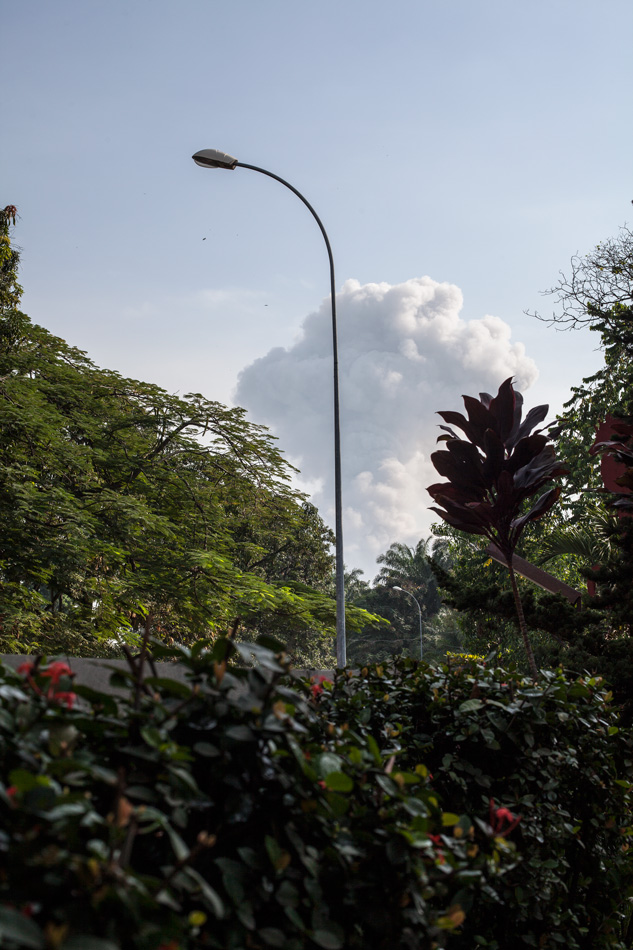
Congo-Brazzaville and serious explosions. Only in countries like this could there be a munitions warehouse in the city centre. For the military this is the most convenient solution, in the case of a coup they have quick and easy access to weapons.
We’ve had enough now, and we want to leave Congo as fast as possible. Two weeks in this country waiting for a visa is definitely too long. The problem with this is that the only way out is a river crossing to the Democratic Republic of Congo, which is no safer at all. This is a once in a lifetime trip. Dozens of people are crowded on board, most of them small-time traders bringing various goods between Congo and DR Congo. Among the dozens of jostling passengers we easily spot a dozen or so disabled people who are only able to get onto the boat thanks to the brute strength of their relatives. But the most eye-catching thing is one sturdy black muscleman deftly jumping between the dozens of cartons and sacks, trying to keep some kind of order. Not only his posture helps with this, but also a 1 metre long, 2 cm wide cane whip. Waving it from left to right he carves out a path for himself through the chaos of people crowded on the boat. But the whip isn’t only for show, it’s about to be used on a passenger drinking beer. Something along the lines of shoot first, ask questions later. It seems that on this boat that’s packed to the rafters this is the only way to keep some kind of order. For those unfamiliar and unaccustomed to such radical – but effective – forms of keeping order, the sight of a muscleman brandishing a cane whip could remind you of the era of slavery. Although it seems to me that they wouldn’t dare to hit a white person. But if someone wanted to come into close contact with the whip or feel like a 17th century slave, they could always try, for example, to get out their camera and try to take a picture. I wasn’t brave enough, so you’ll just have to take my word for it.
At the edge of the world
In Angola we find out that patience, effort, a little risk, and most of all luck, can really pay off. First the problems with the Angolan visa, as it turns out it’s impossible to get one in any embassy anywhere in Africa. We tried everywhere. In Benin, Nigeria and Congo. If by some miracle someone else managed to get one, they usually got a 5 day transit visa – exactly enough time to cross through the country quickly. And we want to go to the south-west part of the country inhabited by the Himba and Mucavana tribes, which would take us at least two times longer. Stories from other travellers who have been trying to get a visa in neighbouring Congo for several weeks without success don’t fill us with optimism. It’s their last resort, so some of them end their African adventures here. We aren’t yet homesick enough to give up so easily. We realise that we would have a much better chance at getting a visa not in the Angolan embassy here, but in Poland. Yes, who would have thought that there was an Angolan embassy in Warsaw. So we decide to send our passports to Poland. But that’s not enough – we have to attach to the application a detailed plan of travel (in Portuguese), bank statements with an appropriate amount (they’re scared we’re going there to work) and answer a series of detailed questions. You also have to attach an invitation or reservation at a hotel in Angola. But how do we explain to them that we’re not going to visit anyone and we generally sleep in tents? Luckily help comes our way from the Polish embassy in Angola which sends a nota verbale to the Angolan embassy in Poland informing them about our noble intentions for travelling around Africa and – probably to increase our chances at obtaining the visa – also visiting the Polish embassy in Angola. Our efforts pay off doubly when we not only get a visa, but it’s for 30 days! And we have the chance to visit the Polish embassy in Angola and thank the ambassador and his helpful staff in person. Unlike the Polish embassy in Cairo which refused us a letter of support necessary for applying for a Libyan visa, but more on that later. Since we’re at the embassy, we get second, temporary, passports because we’ve run out of blank pages in our old ones. Also, we predict a similar problem with our Ethiopian visa, so we send our temporary passports to Poland again, and this time, comfortably, without idle waiting, we travel onwards, using our old ones. Good idea, right?
Angola is a very idiosyncratic country. Reading a Polish newspaper (it came along with our passports) I was drawn to an article with the threatening title “Petrol over 6 zloty ($2). It won’t get any cheaper.” It will, it will, I thought smiling to myself. You just have to be in Angola. Diesel only costs 1.20 zloty ($0.4). But Africa is a land of contrasts, so in exchange I add, because this is a timely subject for me, that a large package of Pampers in the Angolan capital costs 70 euro ($98) ! Welcome to Luanda – I forgot to mention – the most expensive capital in the world! Angola is a strange country which prefers to import most of its goods rather than produce them itself. And since we’re talking about fuel I’ll mention that it soon turns out that diesel can be even cheaper, you just have to go to Sudan where it only costs 1 zloty ($0.33). But fuel could be even cheaper still. Unfortunately we don’t have oil fields in Poland, just a revenue service with a large appetite. And to keep going about fuel, could it be even cheaper? Where do we find the African fuel record? In Egypt. Diesel costs us only 65 groszy ($0.21) there! Only it’s hard to get and once you have it you often have to change your filter:)
But getting back to Angola…the huge prices aren’t the only thing that this beautiful country stands out for. The other, much more threatening one, is mines. Millions of mines are buried just below the surface of the ground, the remnants of the recently ended civil war. Due to lack of money, no one is getting rid of them, the only trace of their existence is the senseless death of hundreds and thousands of people who accidentally step on one every so often. In northern Angola there are a particularly large number of mines, along the road every few hundred metres we see the red ribbons stuck to trees and bushes warning against going away from the road. Every so often on the road itself we pass a small pile of rusty metal surrounded with four wooden sticks wrapped in white and red tape with the heading “MINES”. These are probably mines found during road “construction”. How many of them are undiscovered beyond the safety belt of the road, no one knows. Just like no one has the money to remove them. In this situation diverting from the marked road, for example, to put up a tent or relieve ourselves is a test of our nerves every time. Indeed like it was in national parks when you didn’t know when you needed to go out to take care of some greater need if it was better to crouch or stick your head up to see if some hungry predator was approaching.
In Angola we find out that the roads in the countries we’d already visited like Cameroon or Congo aren’t nearly the worst. They could be much worse, since in Angola there are hardly any roads at all. Looking for the tribes in the south-western part of the country, we have to conquer hilly and rocky wilderness at an average speed of 20 km/h. Sometimes we manage to break the magic barrier of 30 km/h. It doesn’t seem like a big difference, but for us it means we can cross the trail in 2 days instead of 3. After several days of driving on razor sharp rocks, our tyres really need to be changed. Halfway through the journey we’re surprised by torrential rains and suddenly rising rivers. The rainy season is upon us. We don’t stop for even a minute. At any moment the water level or strength of the current of one of the rivers could become too much, trapping us for several weeks. But soon our efforts start to pay off. Along the way we meet some natives from the Mucavana tribe.
The Mucavana show us how to find the Himba tribe; famous for the beauty of its women, their exceptional hairstyles, clothes and jewellery. Everything in red. The red skirts made of goat skin outline the women’s delicate figures. The red colour of their clothes, hair and skin is the effect of everyday make-up of a brick-red substance called otjize. Made out of oil, plants, ashes and ochre. Their hair covered in this substance looks like long, mud towers at the end of which tufts of fluffy black hair stick out. Otjize also has other effects: it protects against the sun, scares away mosquitoes and has cosmetic values – even the oldest Himbas have unusually delicate and smoothe skin. That’s why even the kids are covered in it. I learn this first-hand when one of the mothers suddenly hands me her baby. Maybe mum wanted me to understand that her son also wanted a picture? The little one is sweet, but my shirt is quickly covered in little red handprints.
Their hygiene is also unusual. Due to the lack of water, the Himba wash themselves with earth, and place their private parts over the steam rising from a stone dish into which they put aromatic herbs. This method must be effective because I don’t notice any unpleasant smells.
The most important part of every Himba village is the place where the okuruwu, the holy fire, is lit. Crowded around it, the Himba ask for better harvests, fertility of their cattle, or rain. It’s also a symbol of ancestors, who mediate contact with the god Mukuru. The fire must always be lit, that’s why every night the embers of the fire are brought to the village leader’s hut to be used for lighting again the next day.
In Angola and many of the next countries it seems to be a rule that the most primitively living tribes can only be found in the most far-flung, hardest to reach regions of the country. Dry, infertile lands lacking any natural bounty. Far from civilisation. Most often near the border where the government’s activity, and most of all its influence on the inhabitants’ lives, is zero. Even lower-ranking clerks don’t go there because they don’t see anything in it for themselves. Any conflicts and problems must be solved by the local community, which has already lost hope of any external help. They have to manage on their own.
We also visit the Himba tribe in neighbouring Namibia. But in a country that gets a considerable amount of its income from tourism, the Himba don’t live so naturally. Accustomed to curious and ubiquitous tourists, they gladly invite them to visit, trying to snatch part of this money for themselves. They set up their stalls in front of every tourist, that is, a colourful piece of material with dozens of pendants and leather bracelets. When the moment comes for the obligatory bargaining, it turns out that some know basic English or German phrases.
Namibia
As a reward for our troubles, we reach the Ruacana waterfall. Beautiful Namibia is on the other side. Beautiful scenery, and beautiful girls.
Hunter Gatherers
The dry, plantless terrain of the Kalahari desert is the home of the San tribe (Bushmen) who have been living a lifestyle unchanged for hundreds of thousands of years. Despite hundreds of years of still-ongoing discrimination, resettling and the influx of white immigrants, they have maintained their exceptional, primitive culture and traditional nomadic way of life. Regularly, in accordance with the season, they move from place to place, looking for animals and water. They don’t place any importance on objects ‒ they’re impractical and hard to move around. They still hunt using bows and arrows and light their fires by energetically twirling a stick with a little board of dry kindling.
It’s not at all easy to find San who are living in the wild. Initially, our hired guide takes the easy way out and brings us to a village where there are people who, as I call it, are playing dress-up. They no longer live the traditional nomadic way of life. People who specially put on traditional clothes to encourage tourists to visit and take pictures. And then pay. It’s quite easy to recognise them, most often by the tan lines from wearing normal clothes. Often by the wooden stalls where they set out the goods they sell. Or by the strings hanging between trees where dozens of leather bracelets and pendants hang. I wouldn’t be surprised if their plastic made-in-China equivalents soon found their way here. So we quickly decide to get a new guide who is a native San who promises to show us the tribe living in the wild. Unfortunately this means another day of travel through wilderness. But the promise to see the San tribe that’s cut off from contact with civilisation, living completely in harmony with nature, rekindles our imagination and we accept without hesitation.
Before the trip we visit a nearby shop and buy stocks of sugar, soap and tobacco. And we don’t forget about the kids ‒ we get some sweets for them. Presents will be a better way of thanking, or if they prefer, paying for the hospitality. Money means a lot of problems, using it would mean travelling for several days to the nearest shop. This time the guide tells us we should buy green tobacco. At first I thought he made a mistake and meant green tea. But it was me who was mistaken. We unexpectedly become the owners of a large amount of marijuana. This’ll be fun.
When we get to one of the San villages, we’re immediately surrounded by a crowd of curious children. Then the women join in. To break the ice, I get out the album of pictures taken during previous trips. The natives loudly discuss each picture, pointing with wrinkled fingers at a piece of clothing or jewellery they’d never seen before. They’re most amazed by the clay rings that the Mursi women wear in their lips. Or the machine gun, the must-have accessory of every male member of this tribe. In turn, I’m most intrigued by the San language, resembling clicks or smacking one’s lips, usually at the beginning of sentences. Created by a sucking motion and quick reverberation of the tongue off the palate. Pronouncing or recognising the meaning of specific clicks is too hard for me, and my attempt to impersonate the clicks results in peals of laughter from the San. I give up, it’s impossible for a European. The most unusual language I’ve heard so far. The shaman and village leader soon appear. I don’t even have to explain why we’re here or ask for permission to take pictures. He himself proposes doing a ritual dance – the–n/um Tchai (not pronounceable). And all thanks to this miraculous album…
The shaman, dressed only in a leather sash, starts to dance around the fire. The sounds produced by the energetic movements of his legs around which rattles are attached gives the dance a particular rhythm which during the evening ceremonies enables the shaman to enter into a trance. The women sitting beside him clap and sing to the rhythm of the dancing man. Voice and hands are their only instruments. Although the singing sounds more like wailing, during which the names of various animals are mentioned. In this way the shaman connects to the mystical world, communicates with different animals, gaining energy from them. Thanks to them the shaman activates the supernatural power of healing and driving away evil spirits. And sometimes he prays for a good hunt.




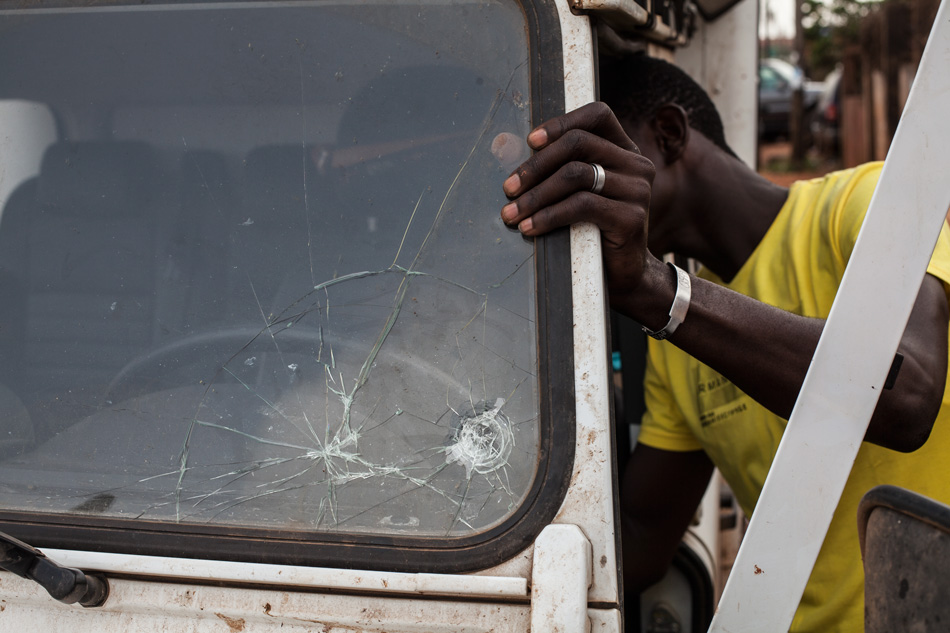
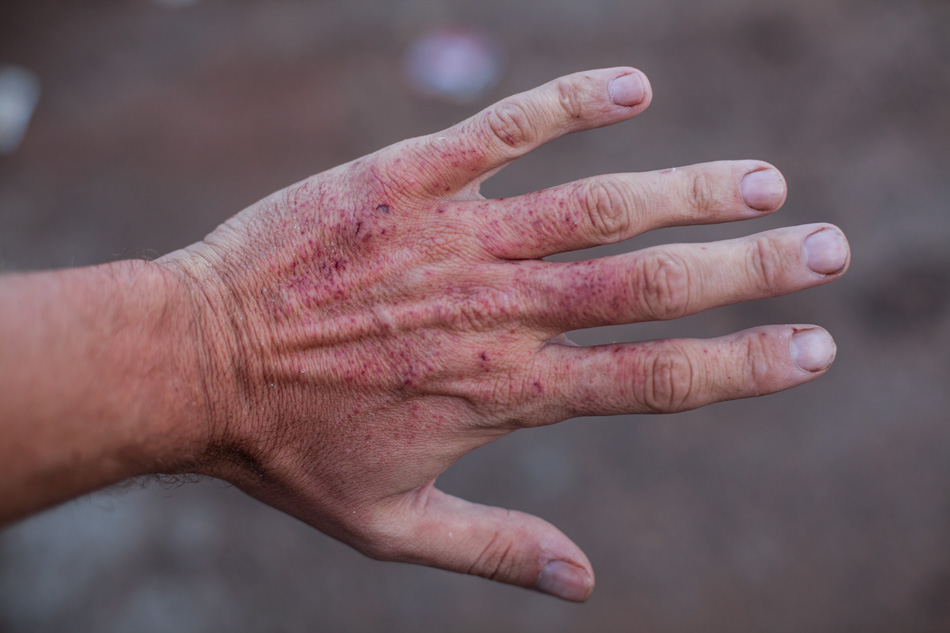
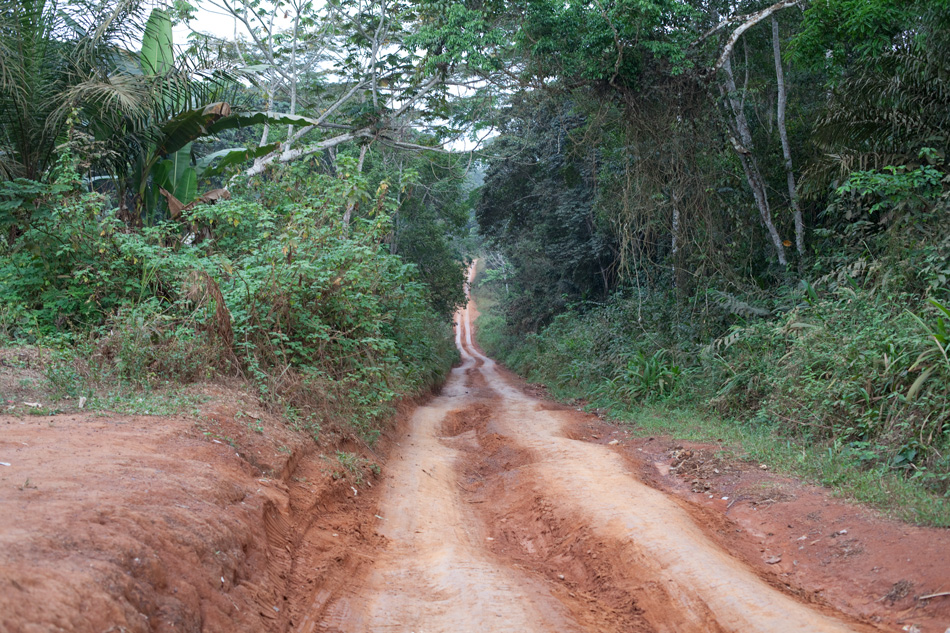
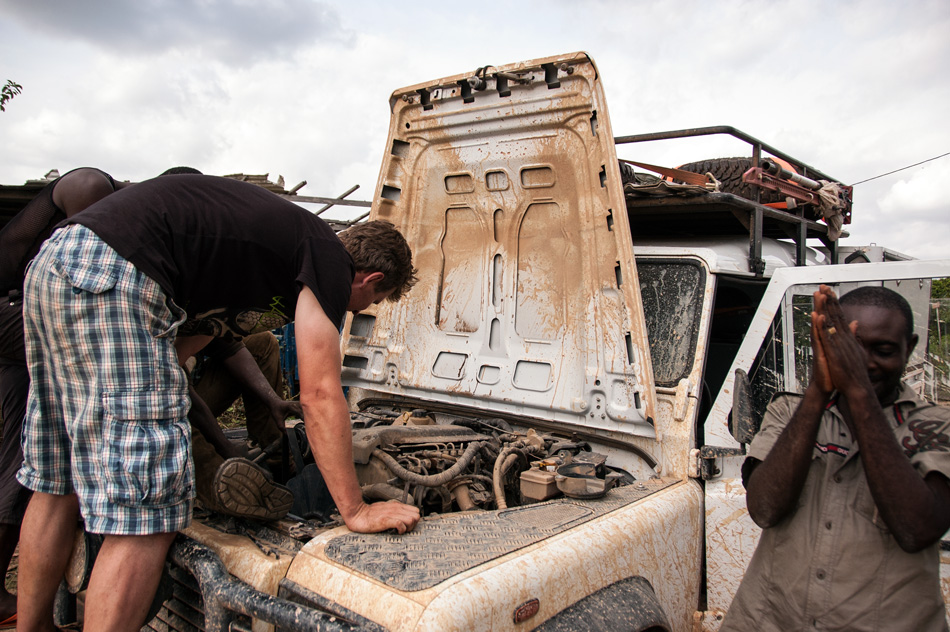
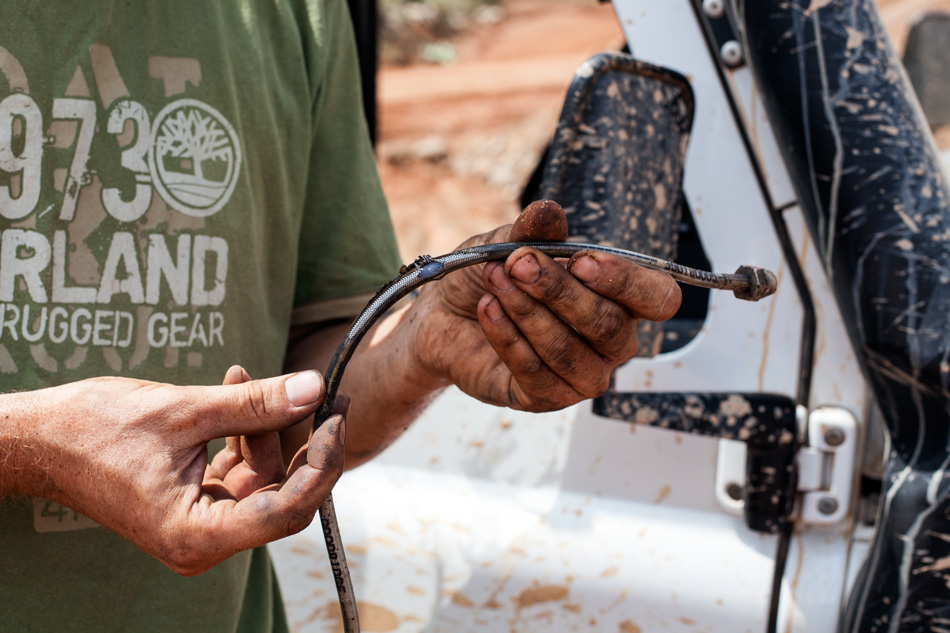
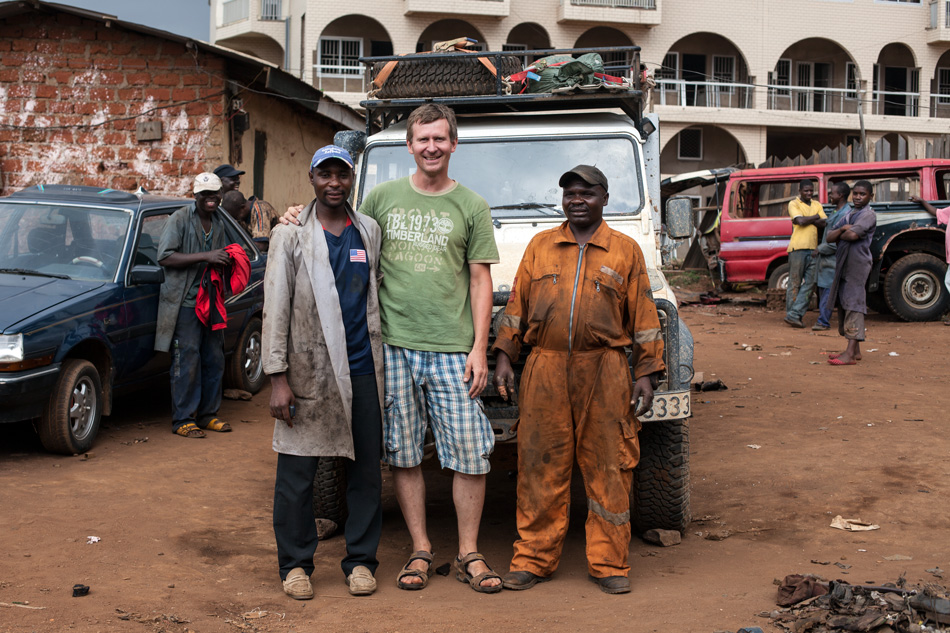
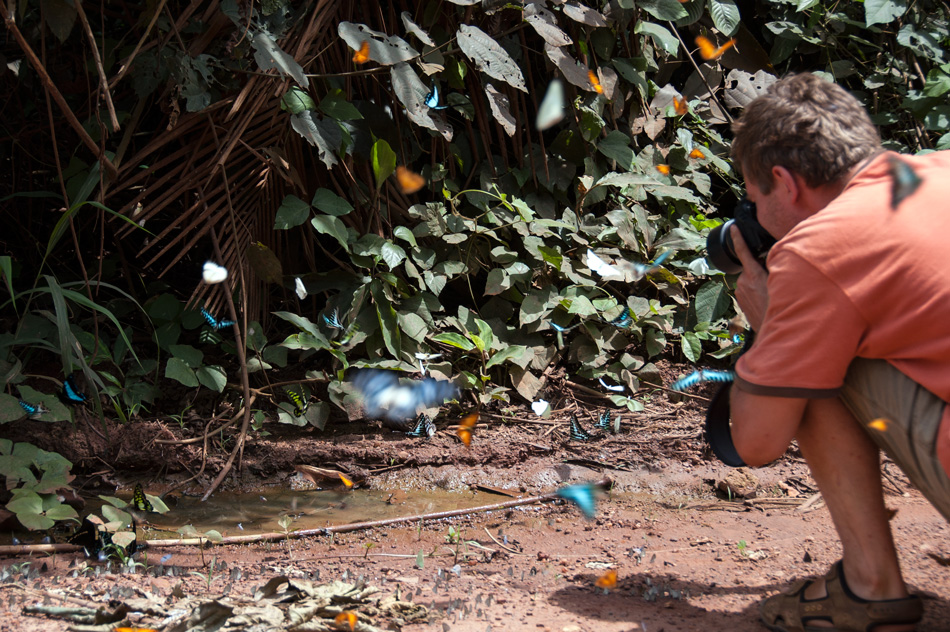
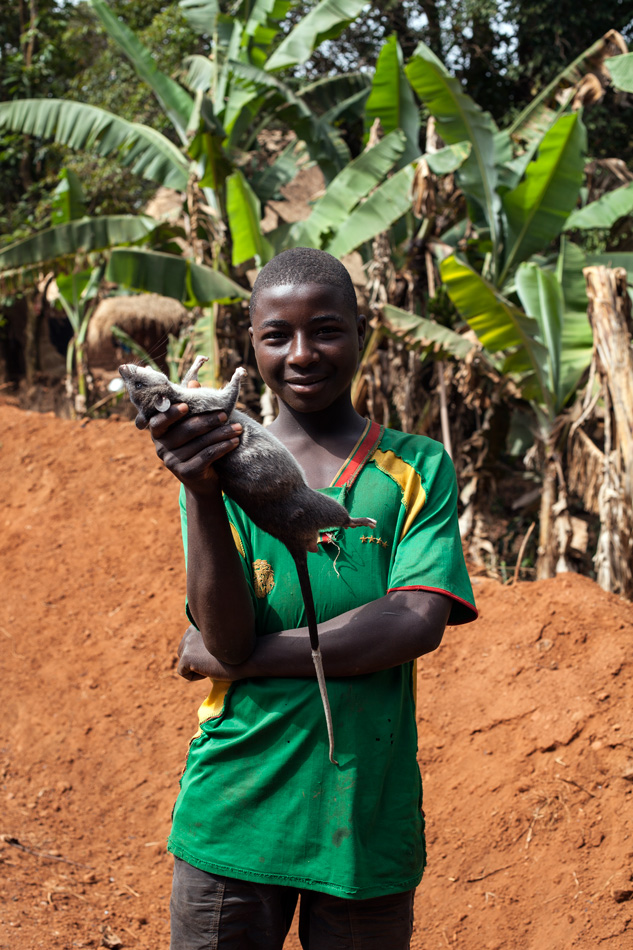
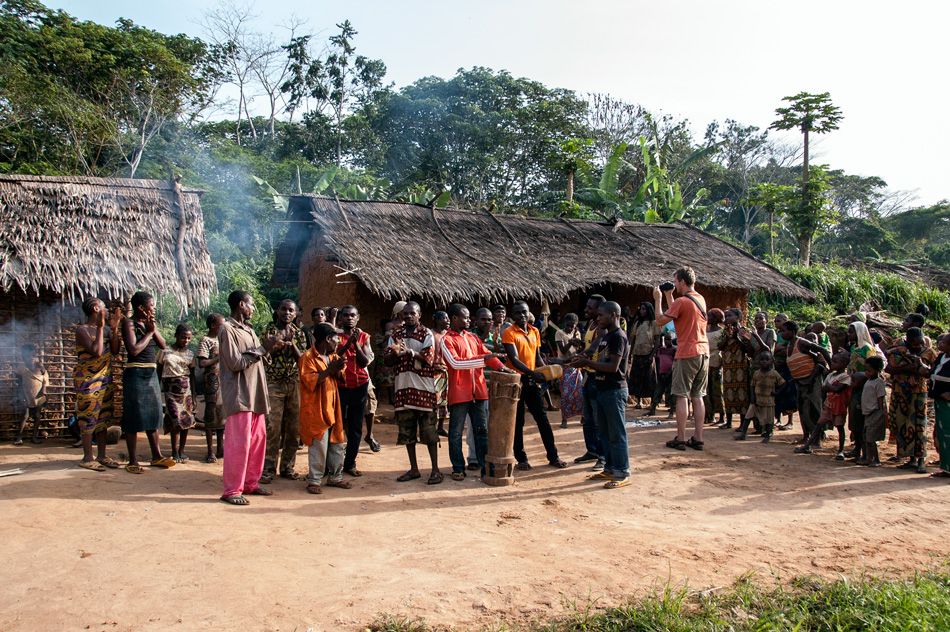
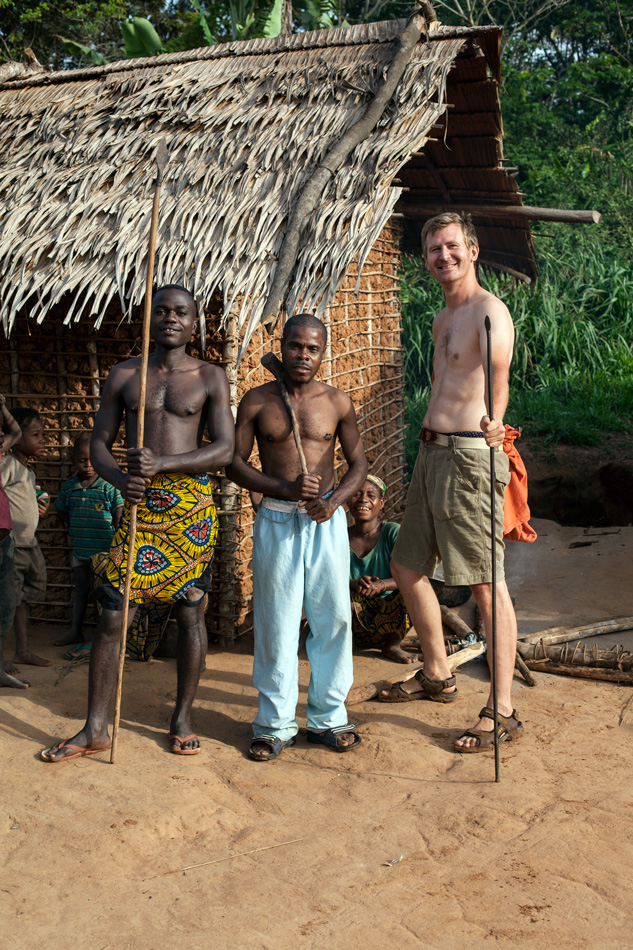
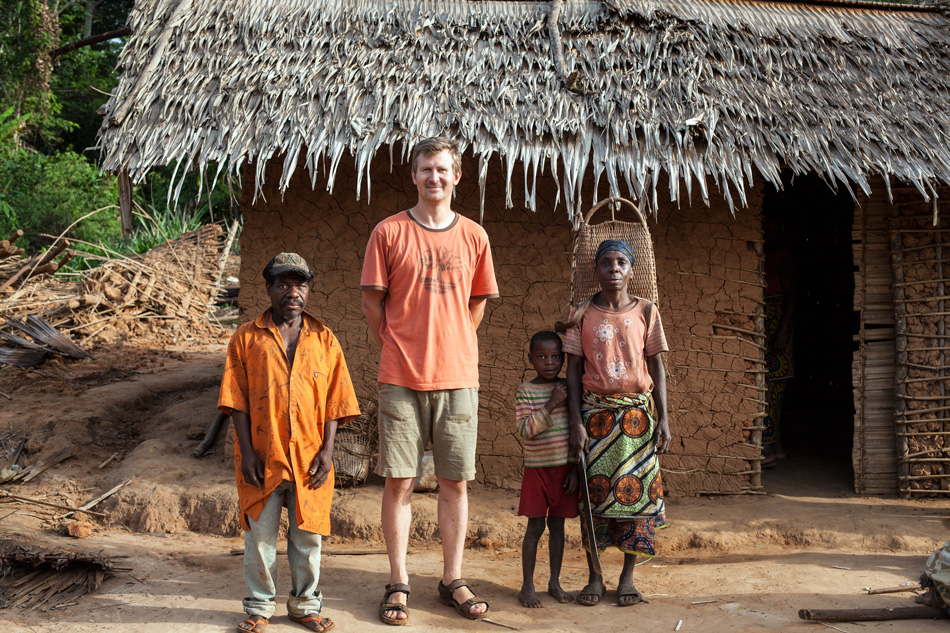
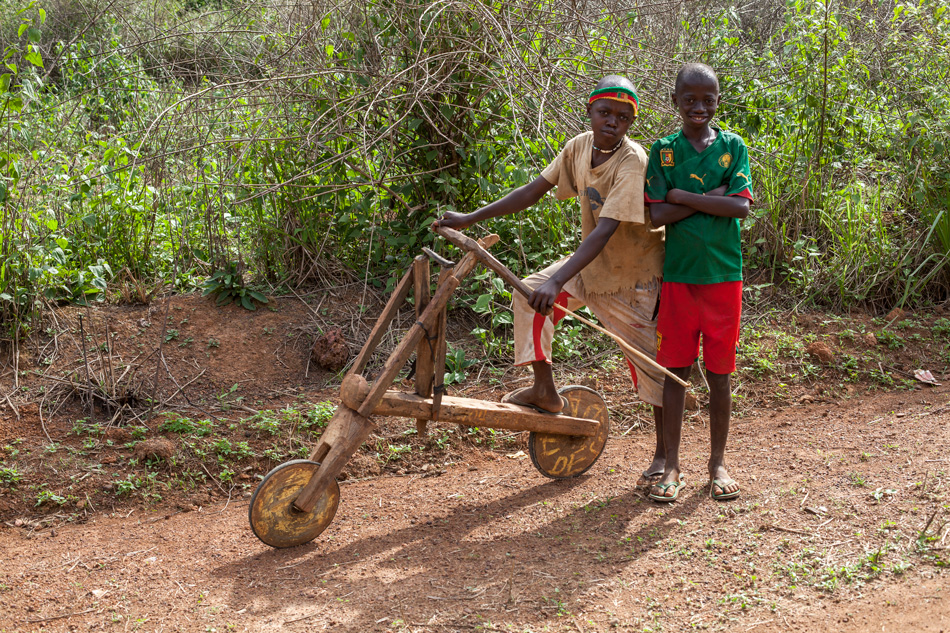
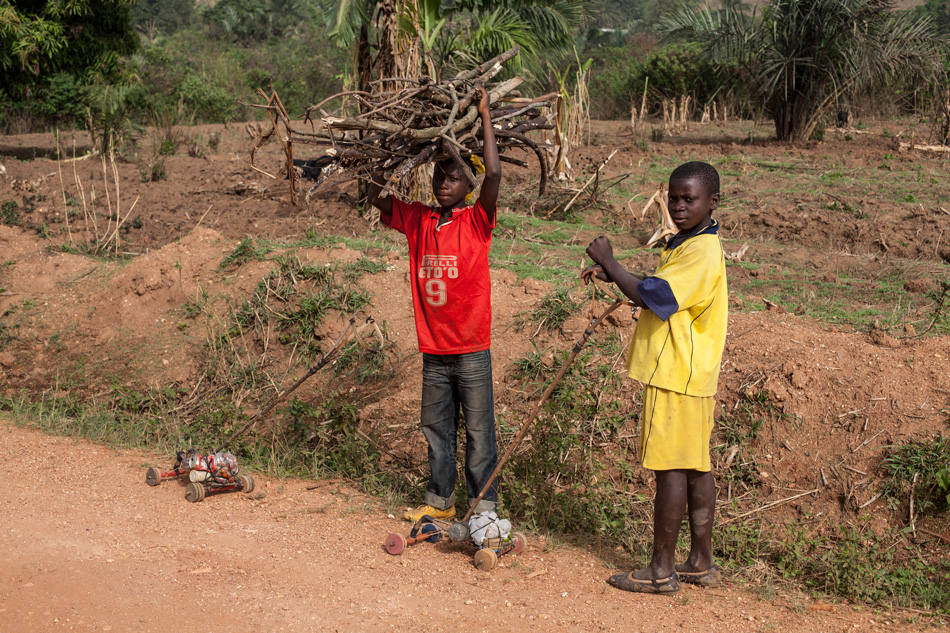
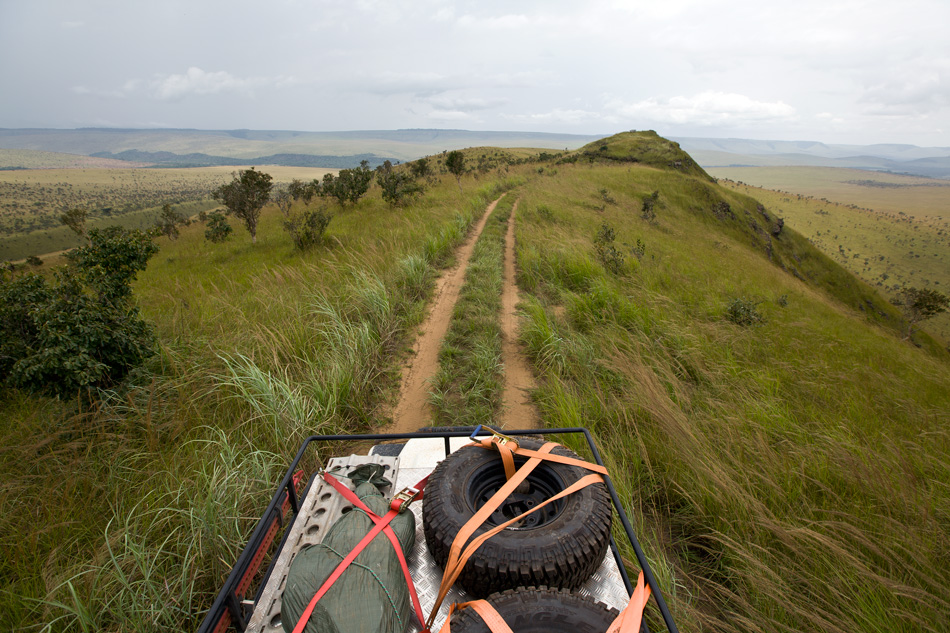
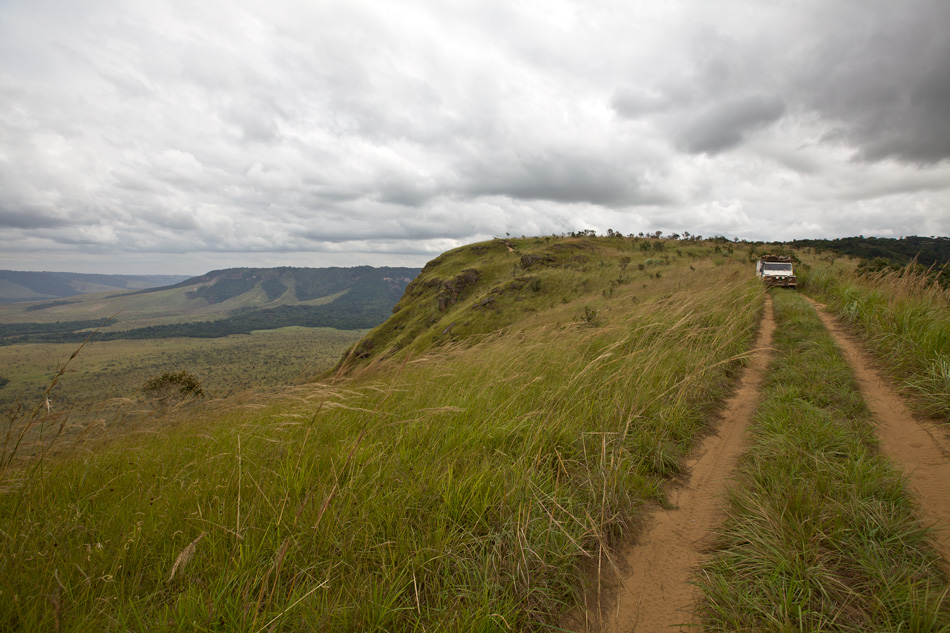
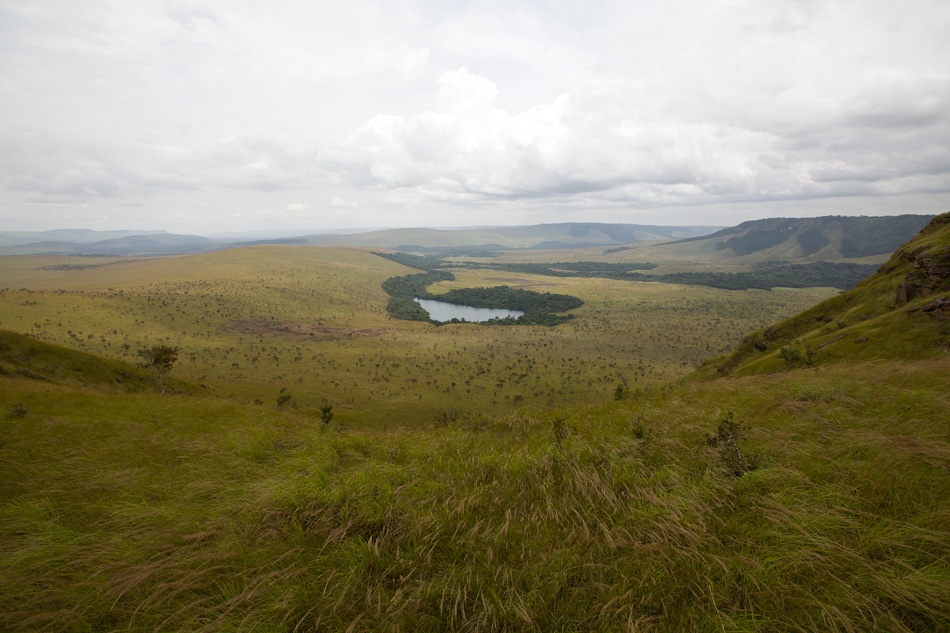
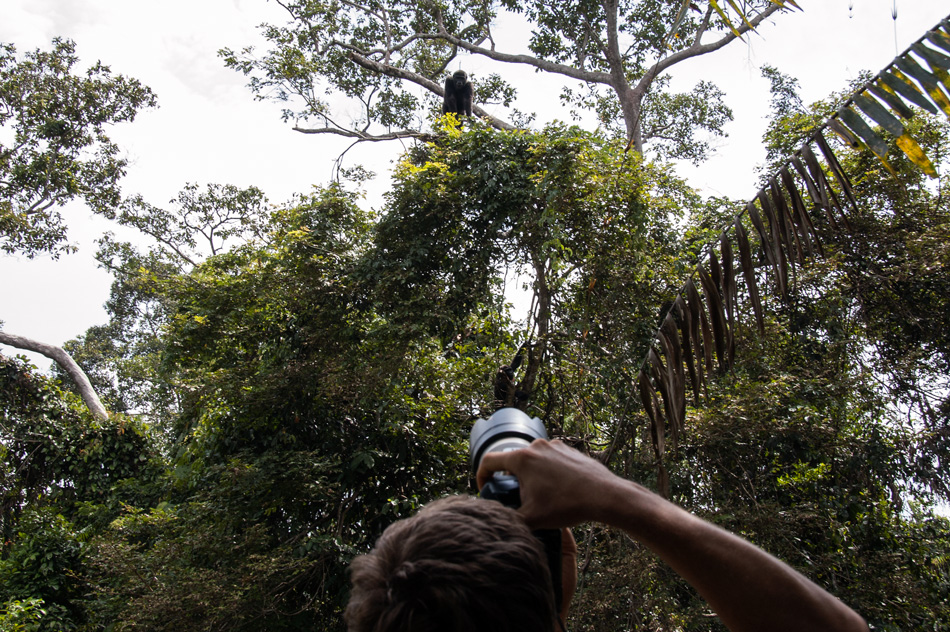
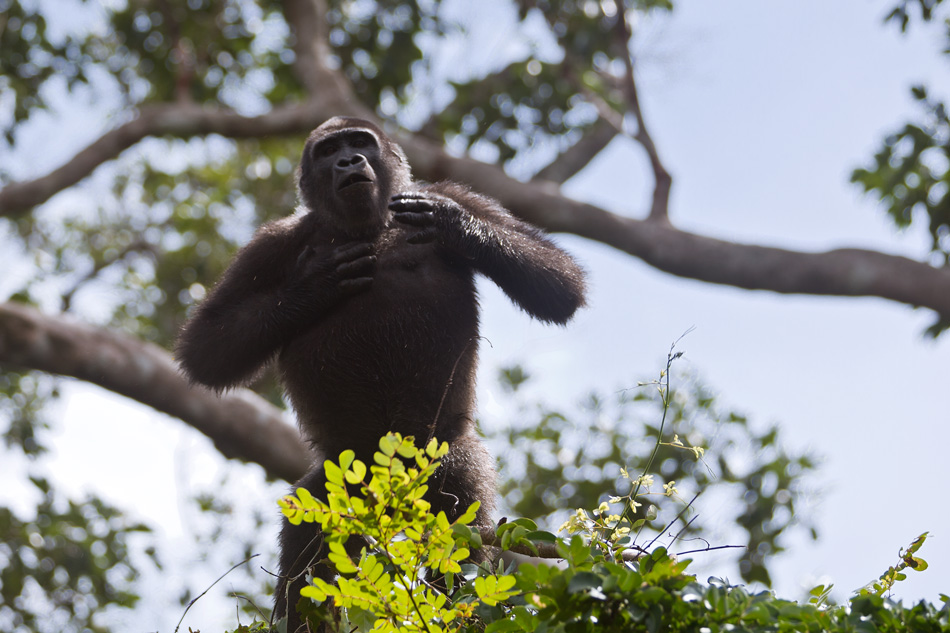
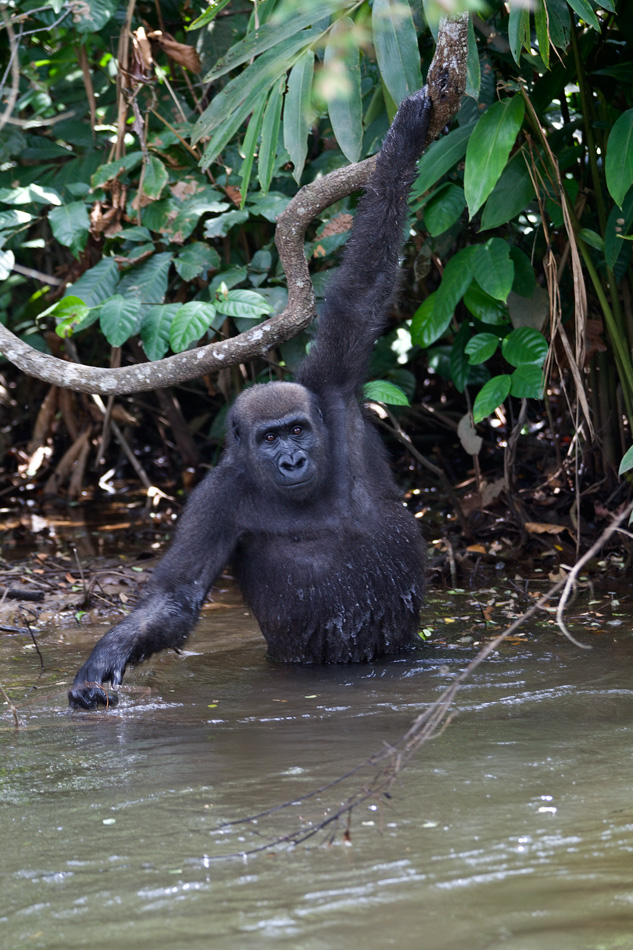
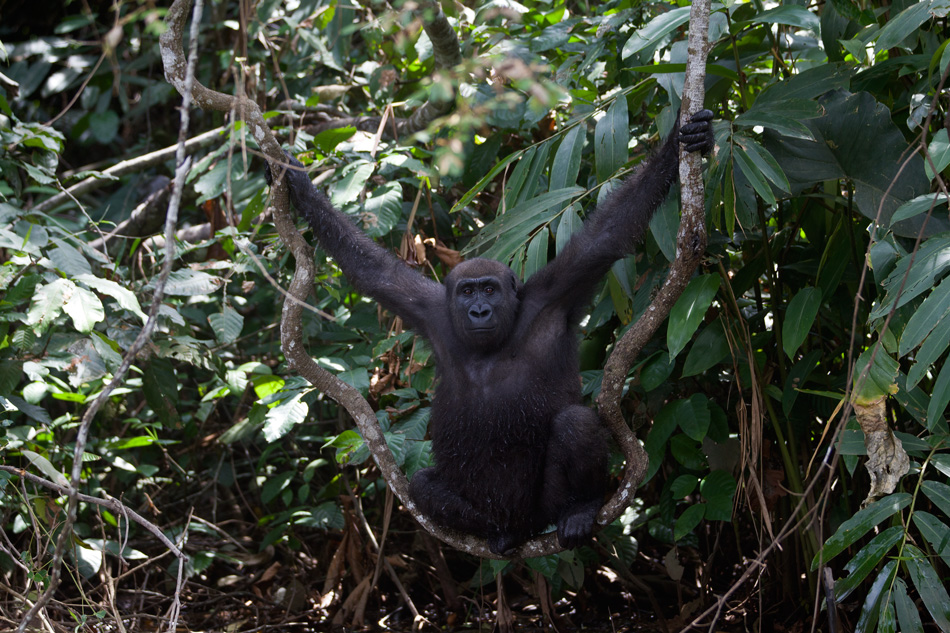
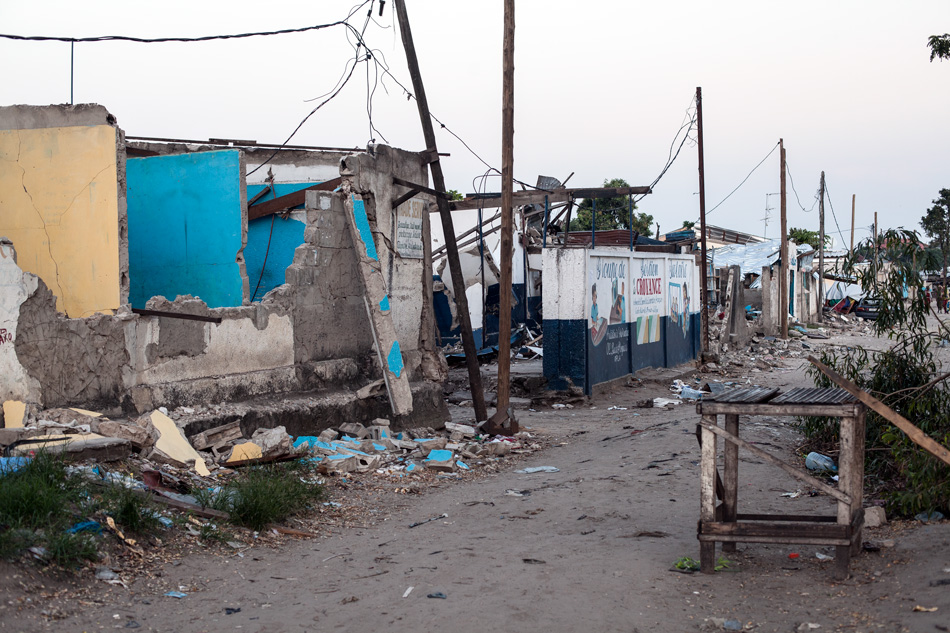
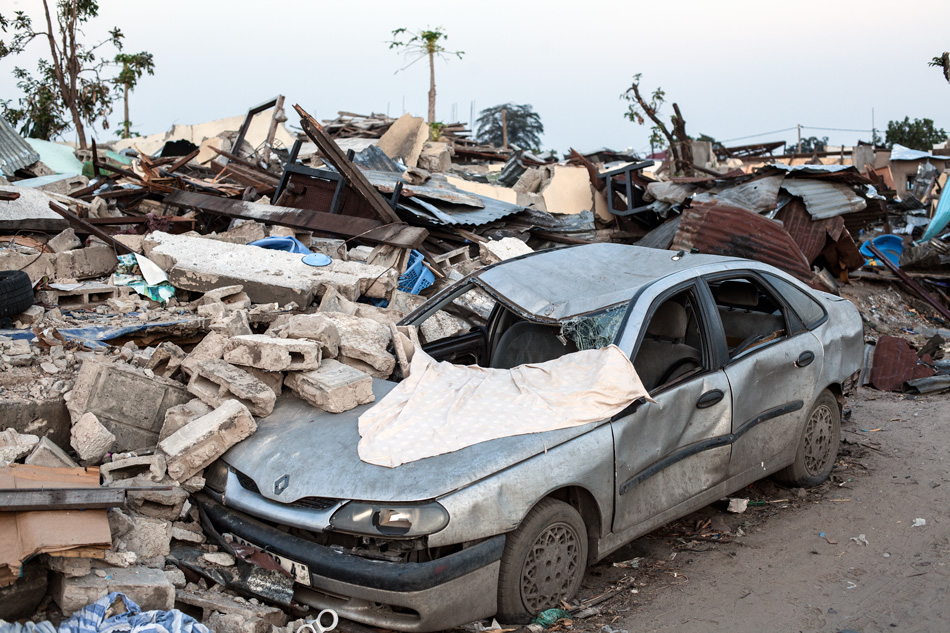
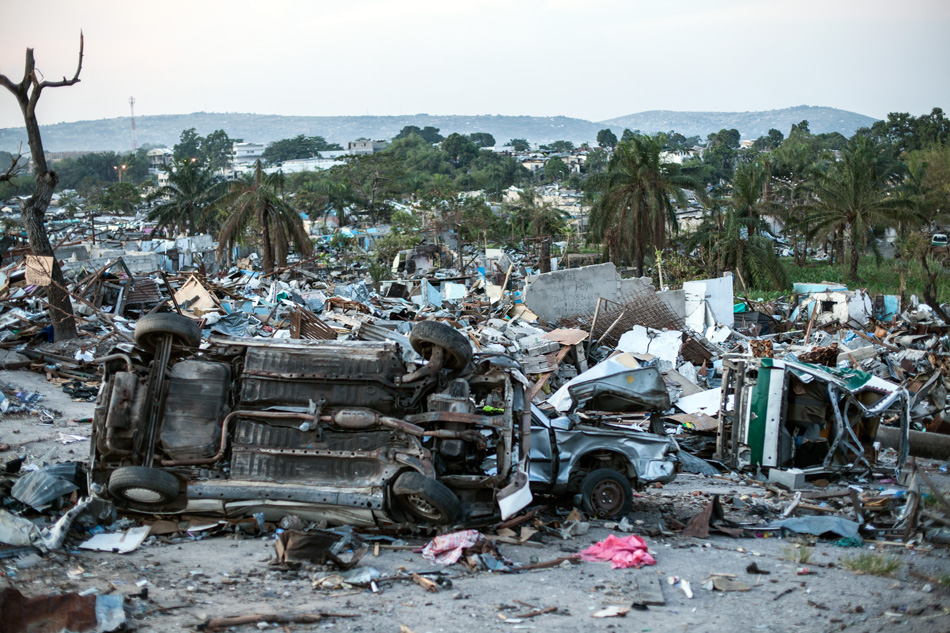
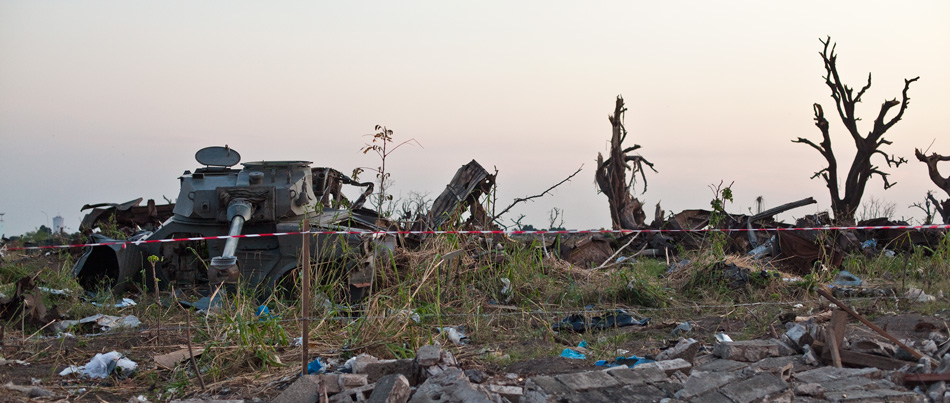
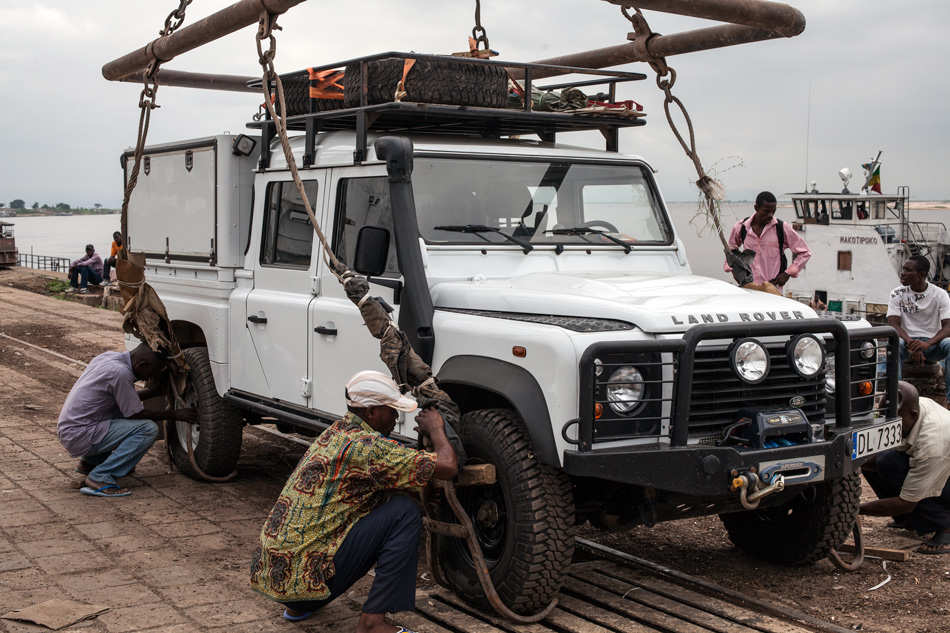

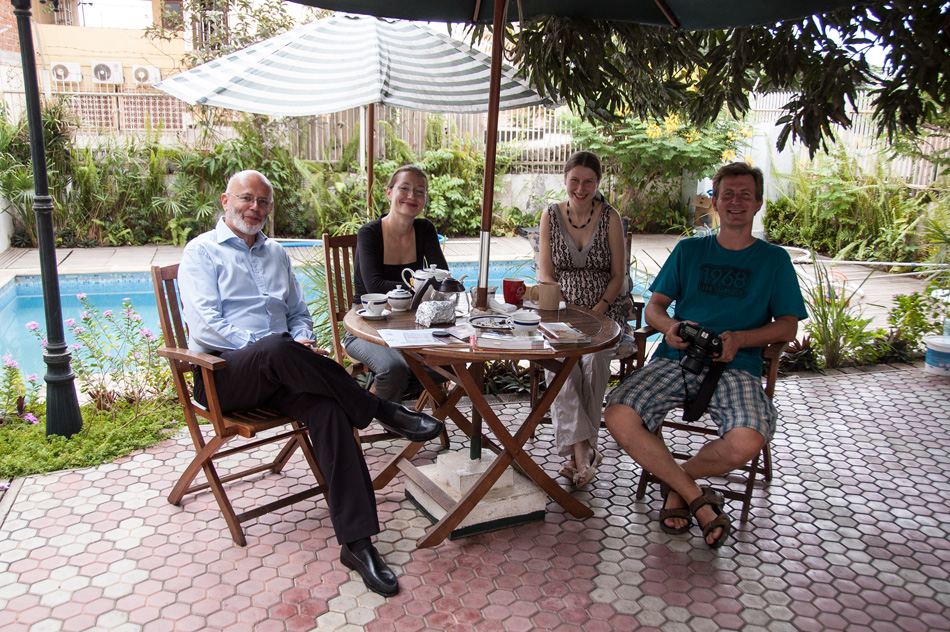
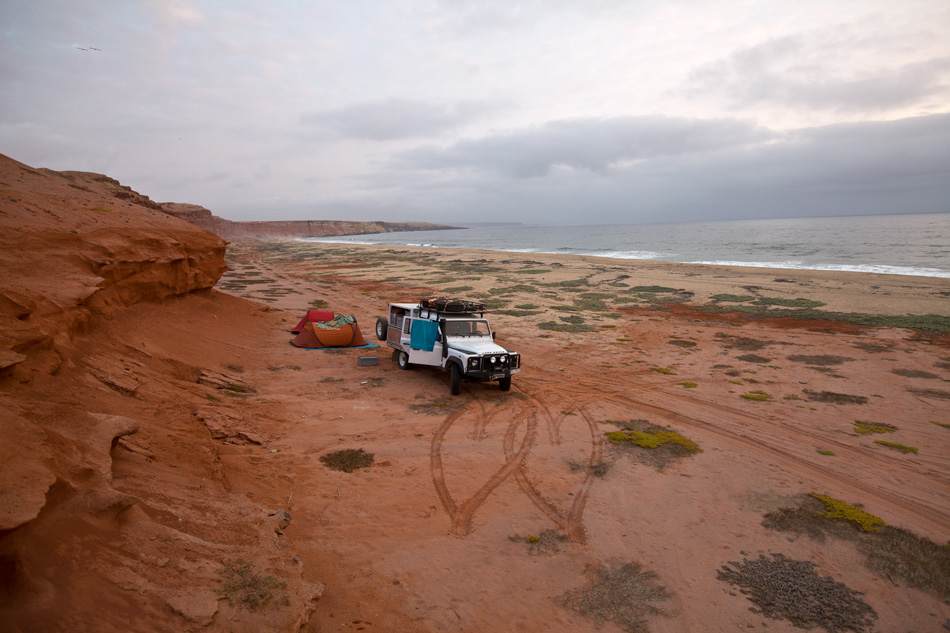
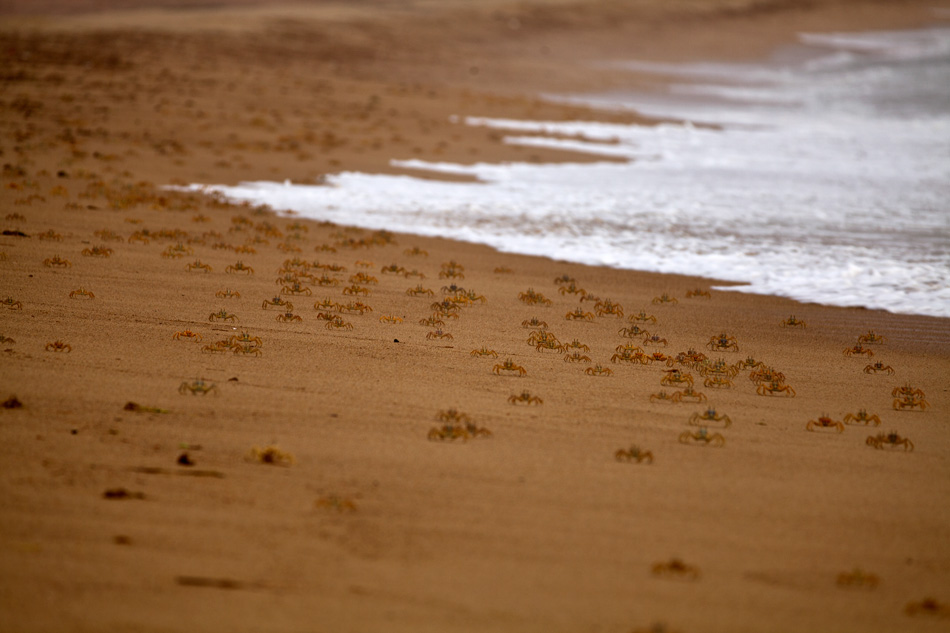
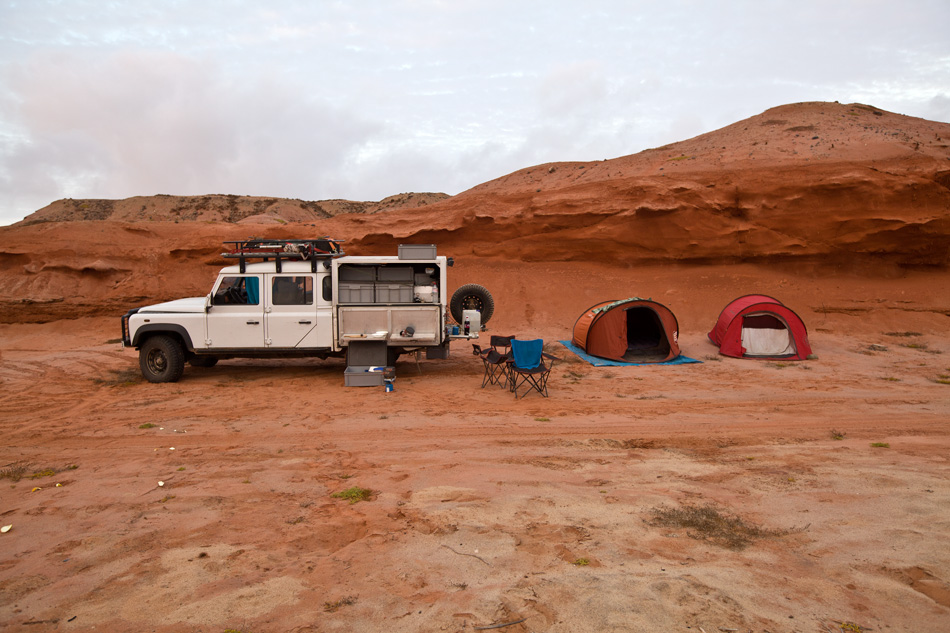
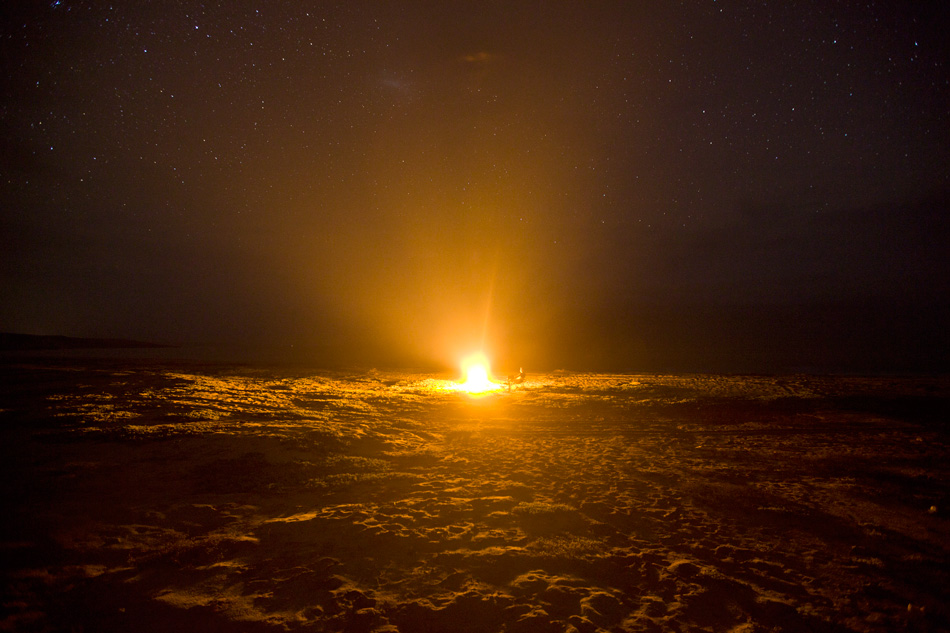
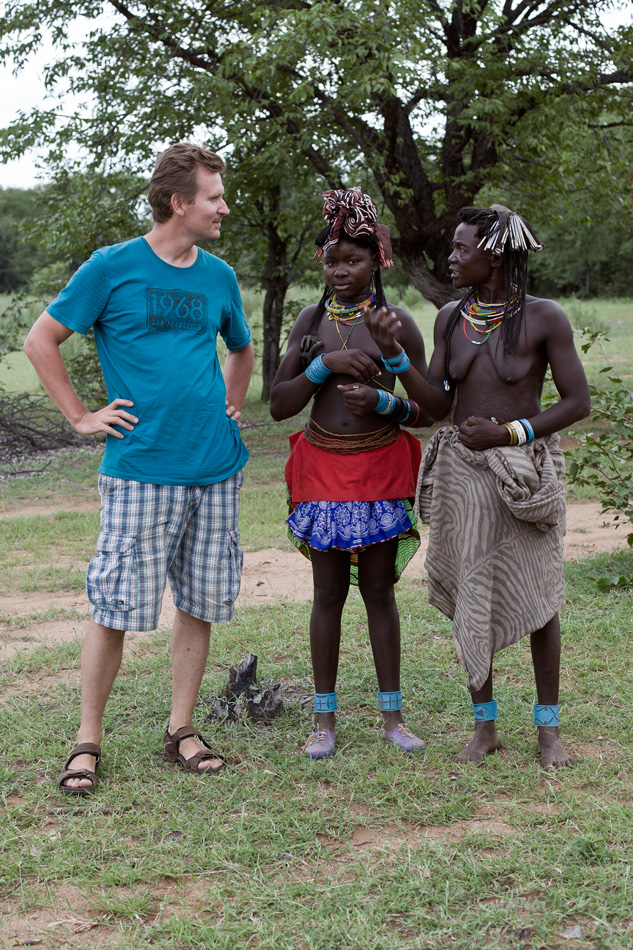
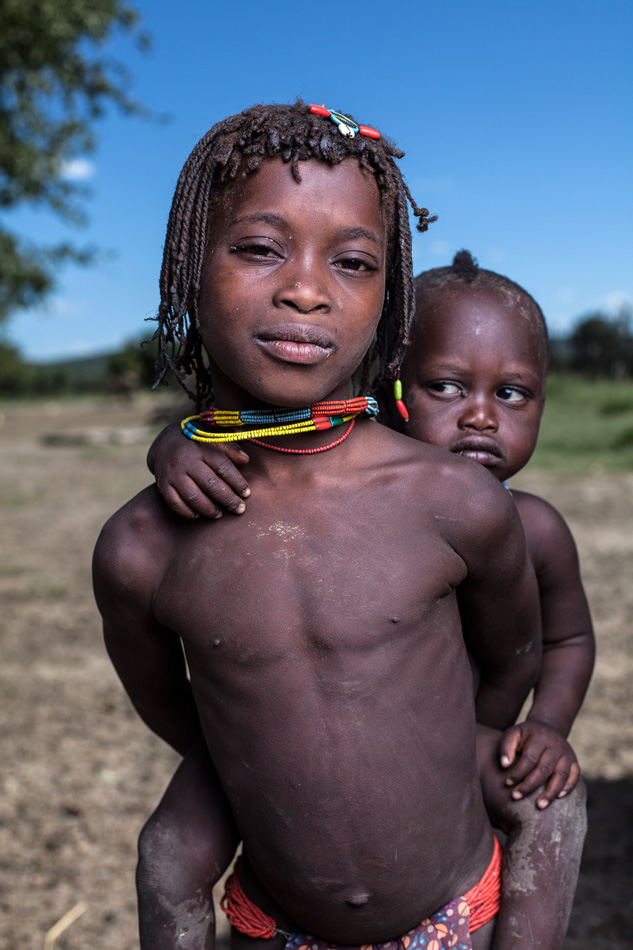
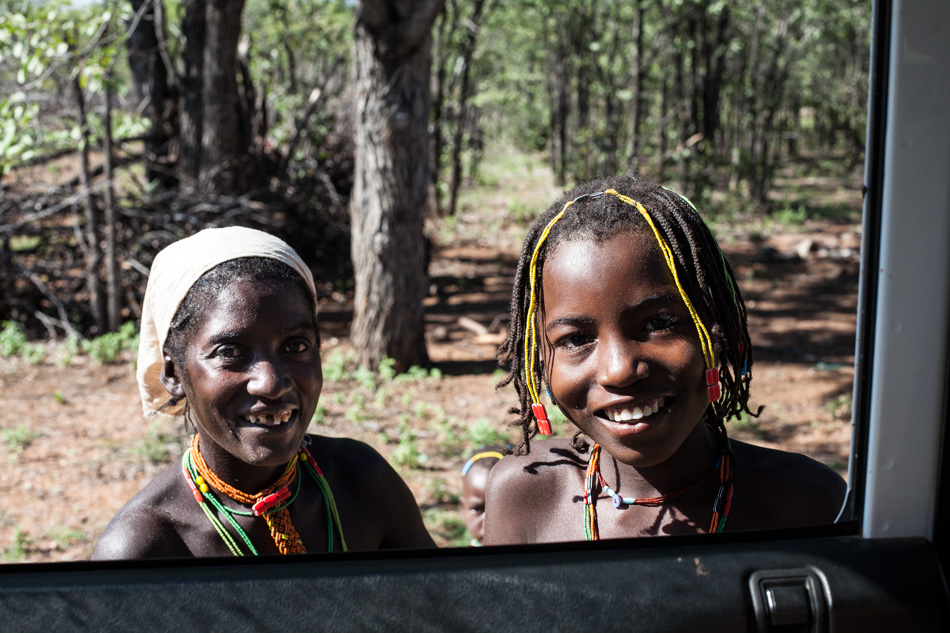
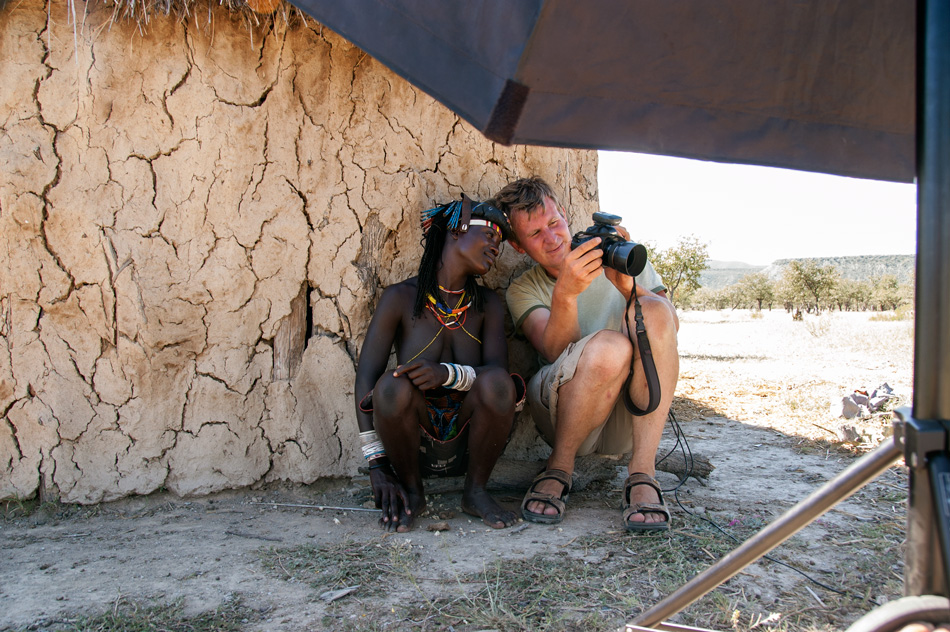
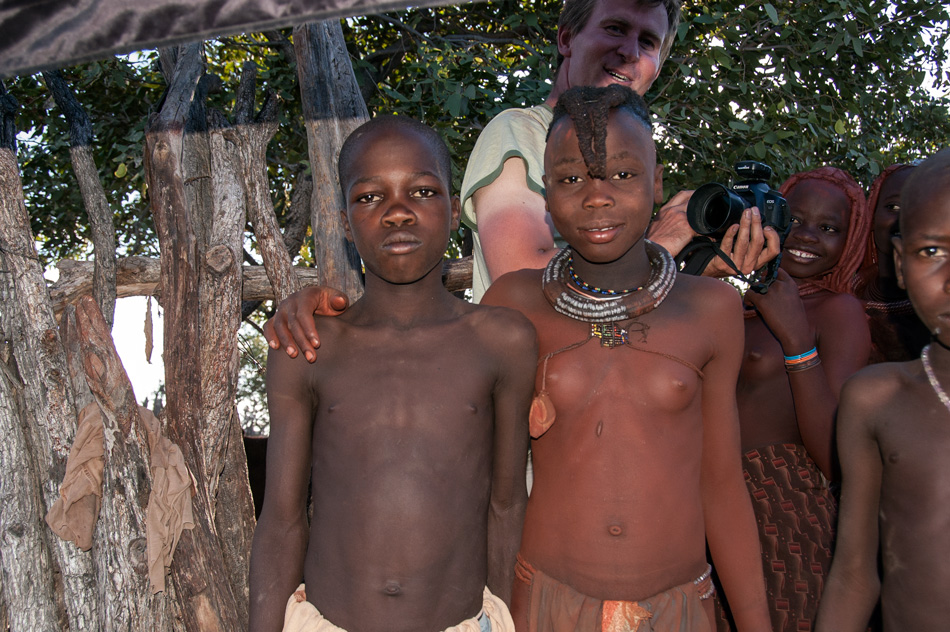
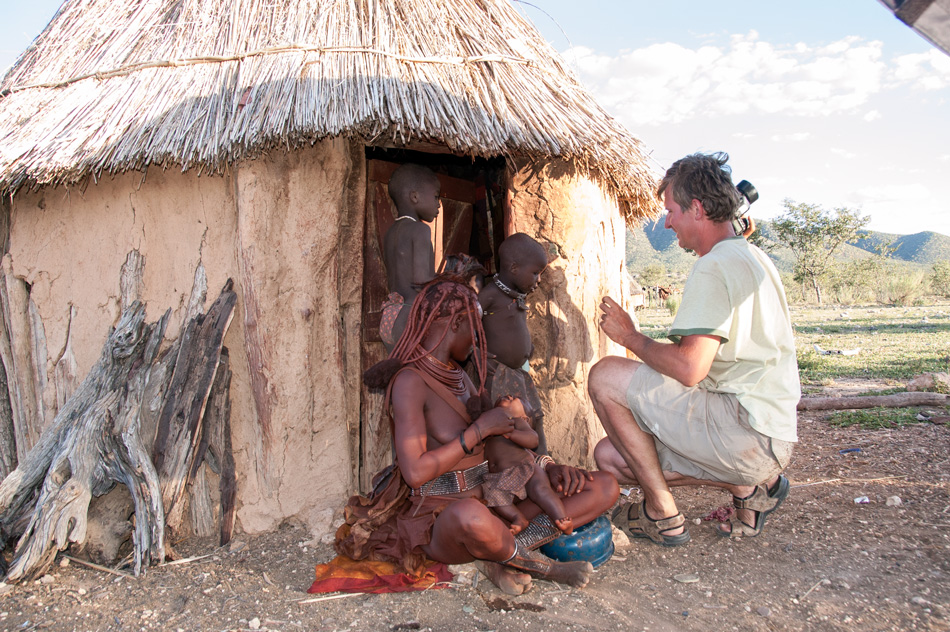
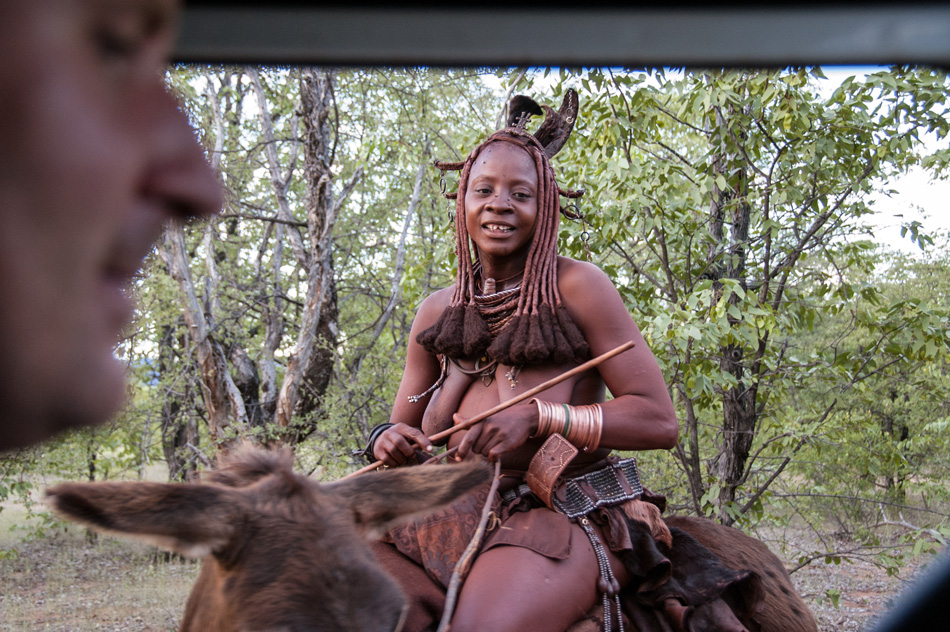
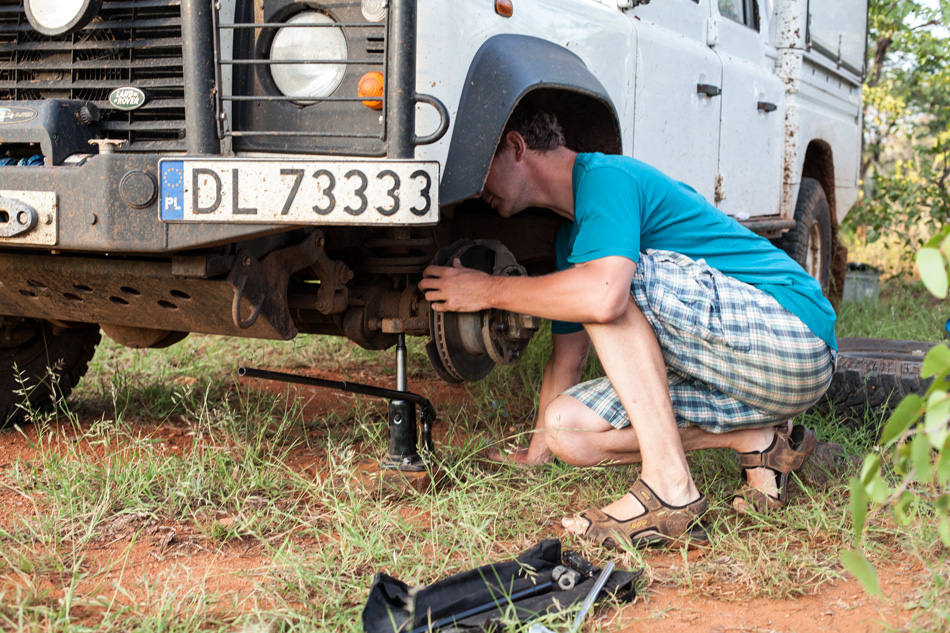
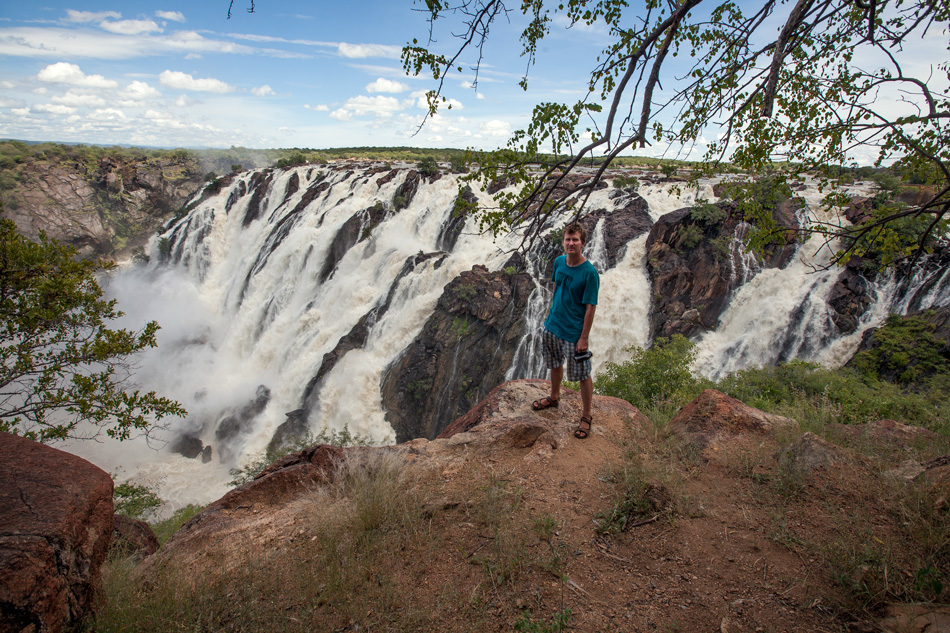

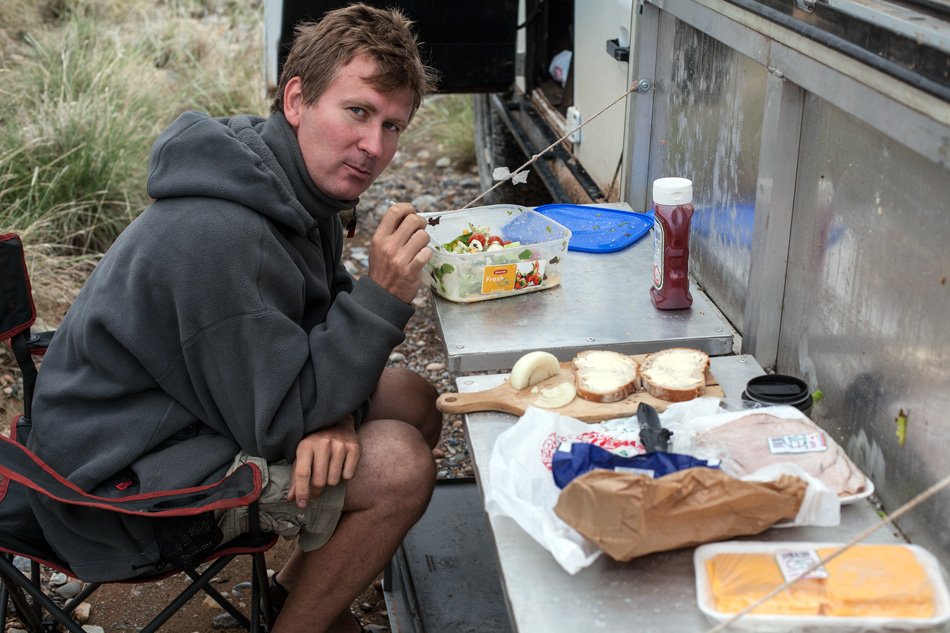
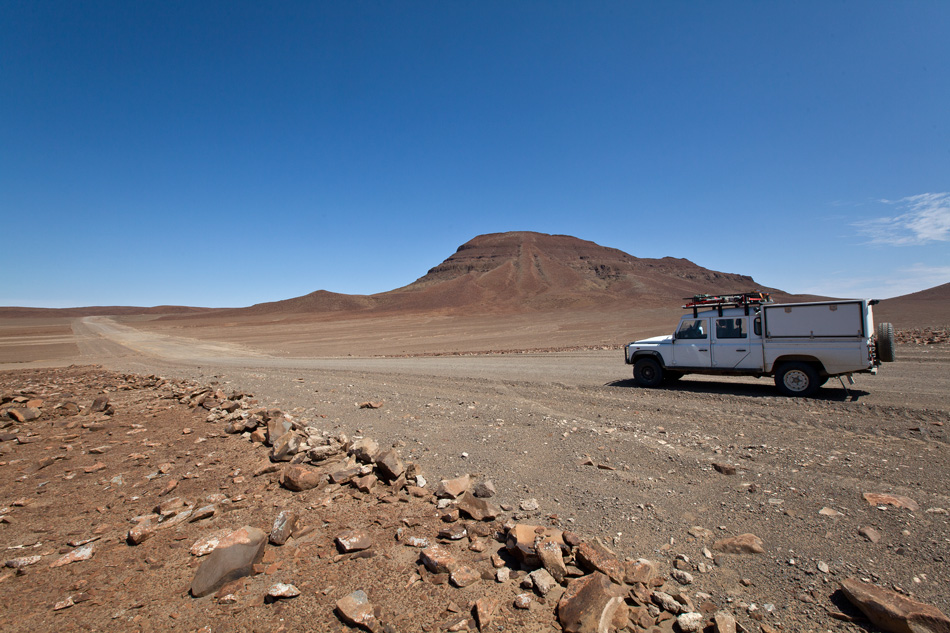
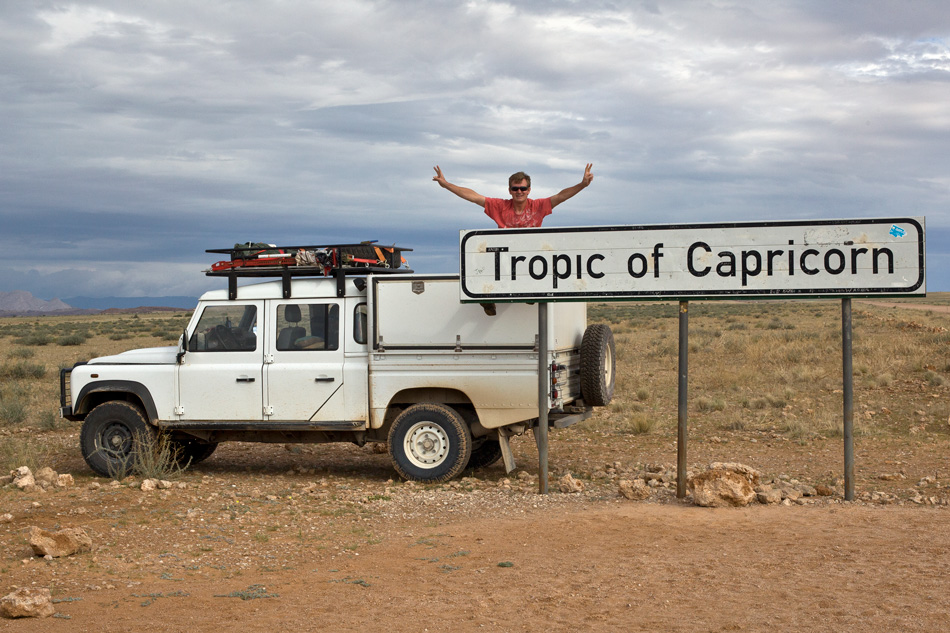
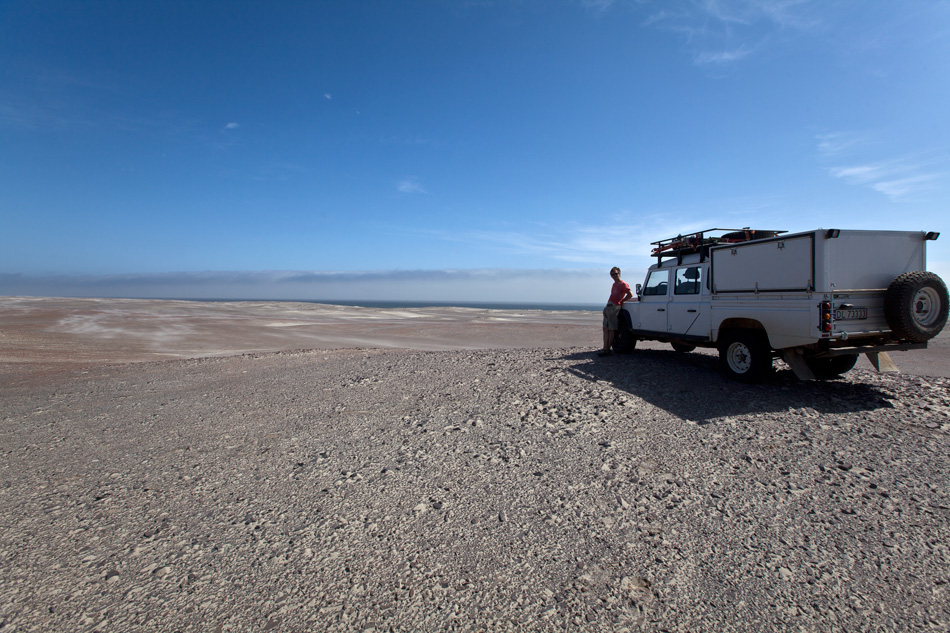
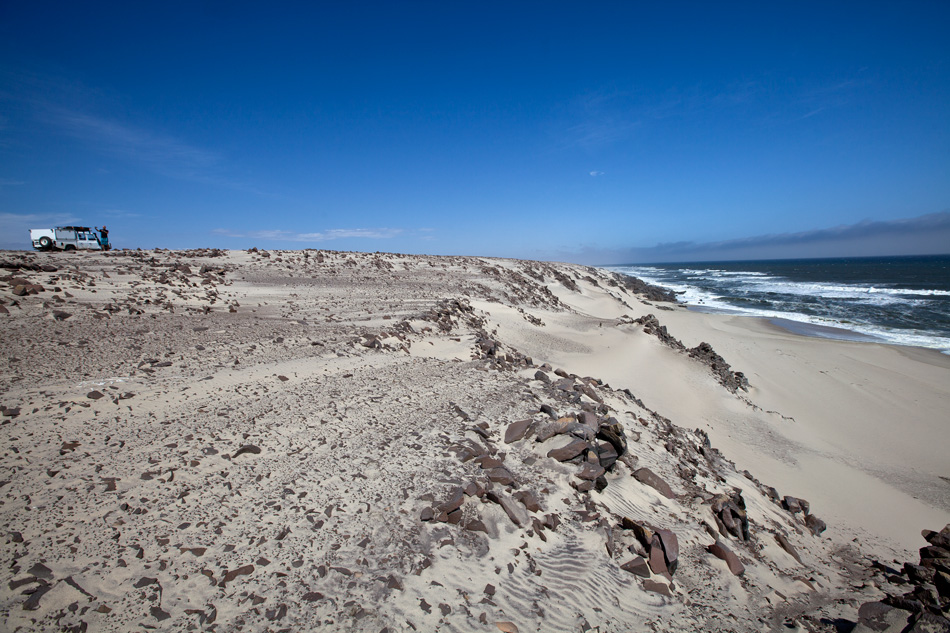
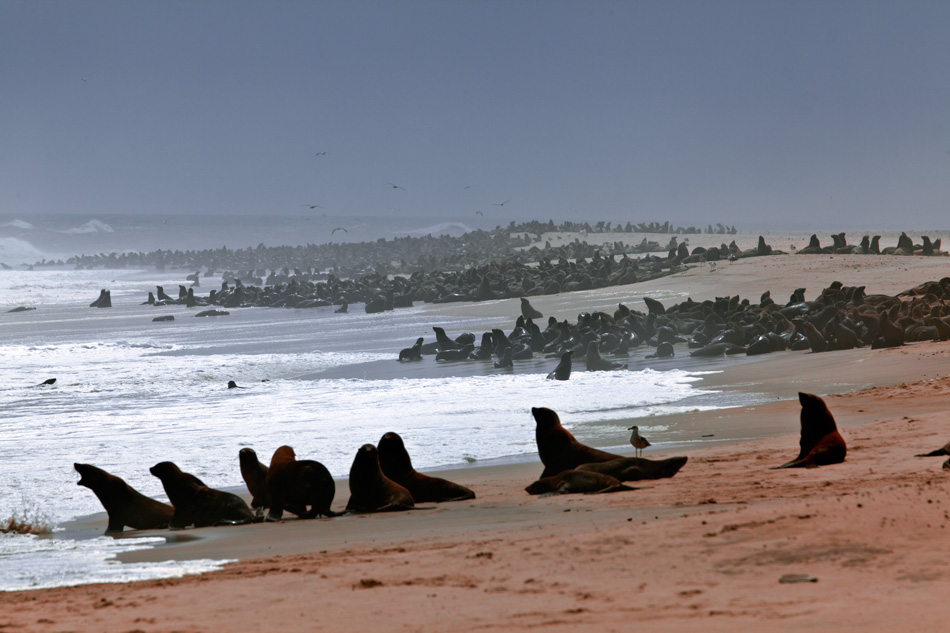
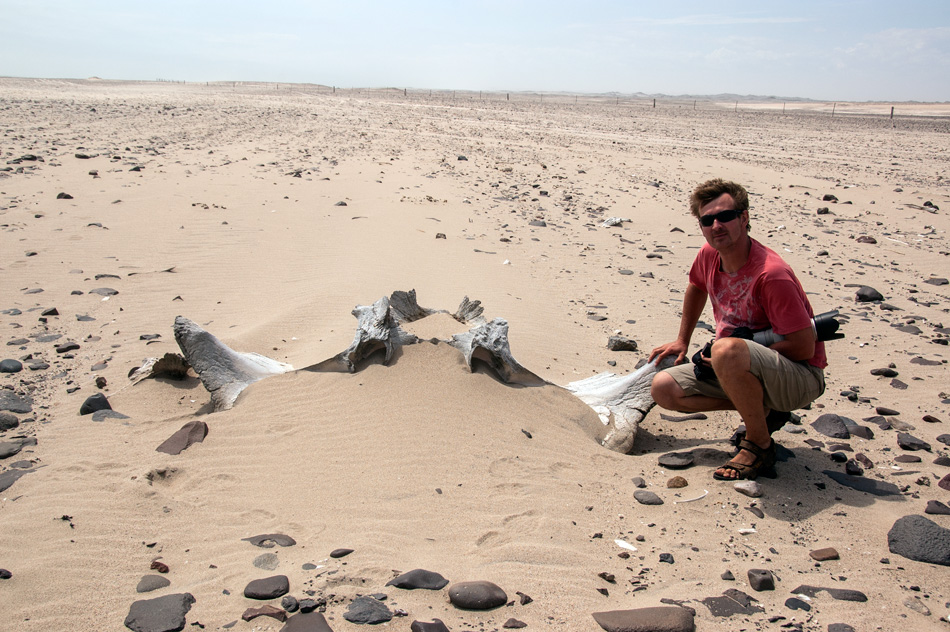
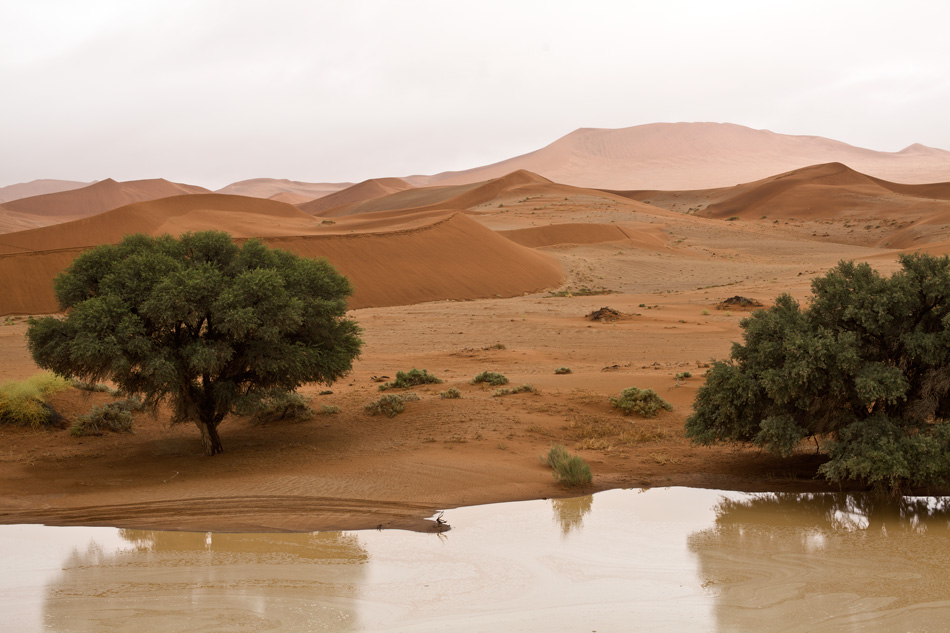
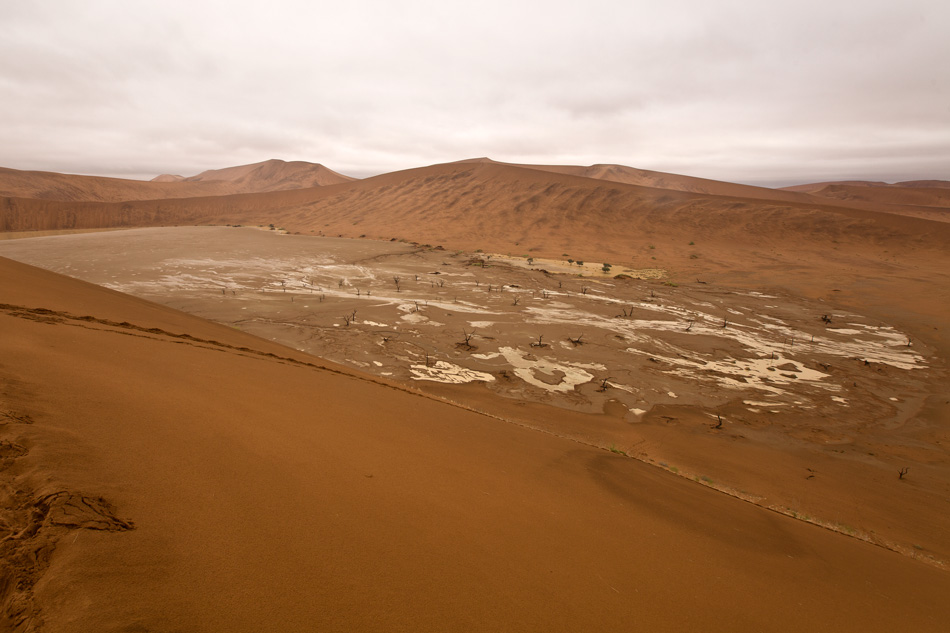
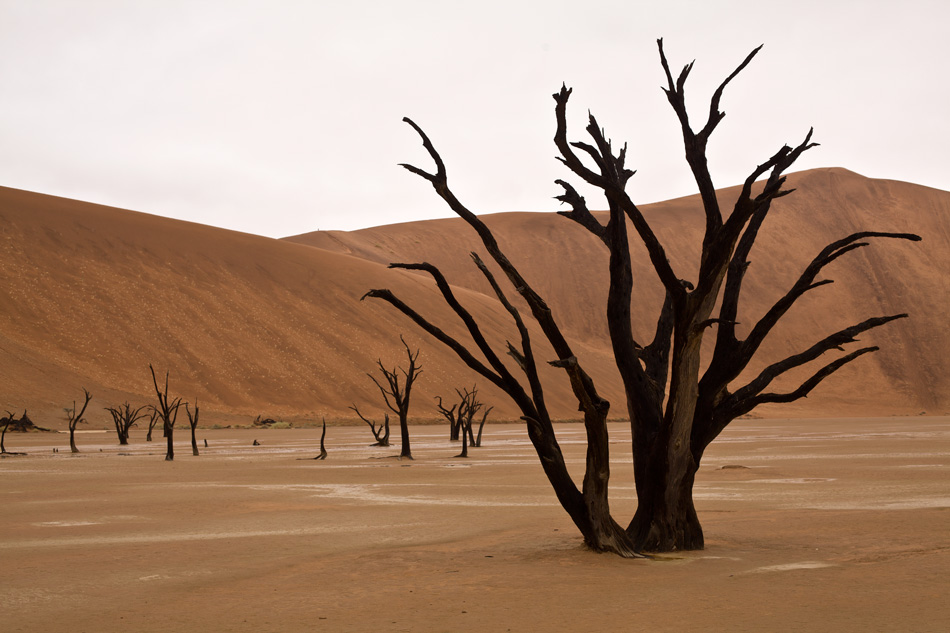
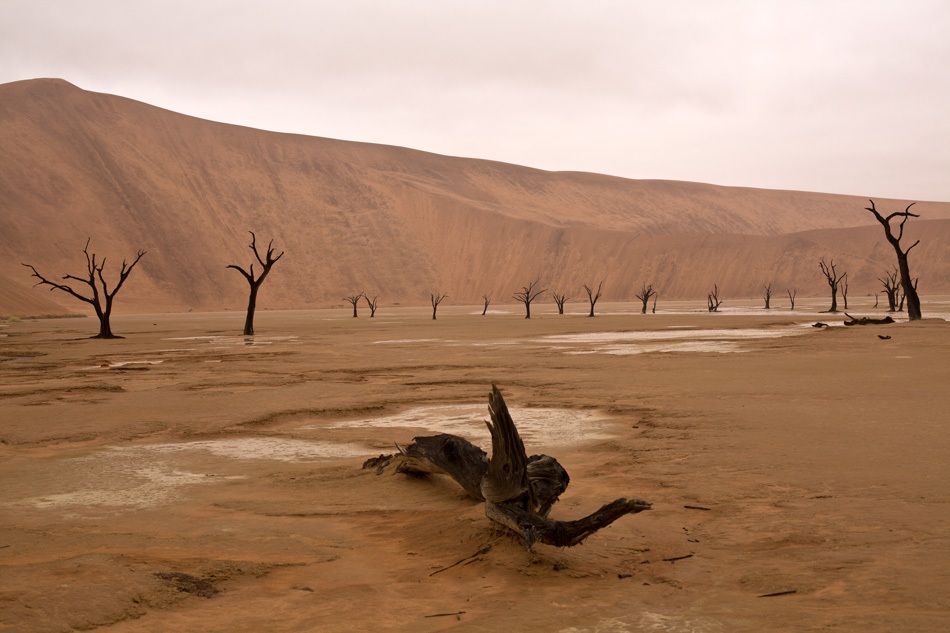
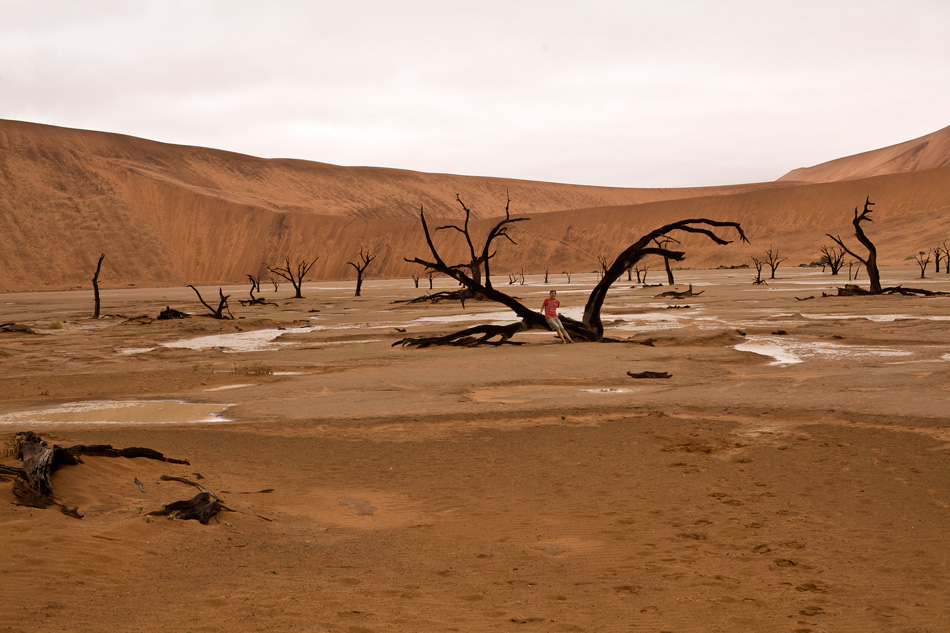
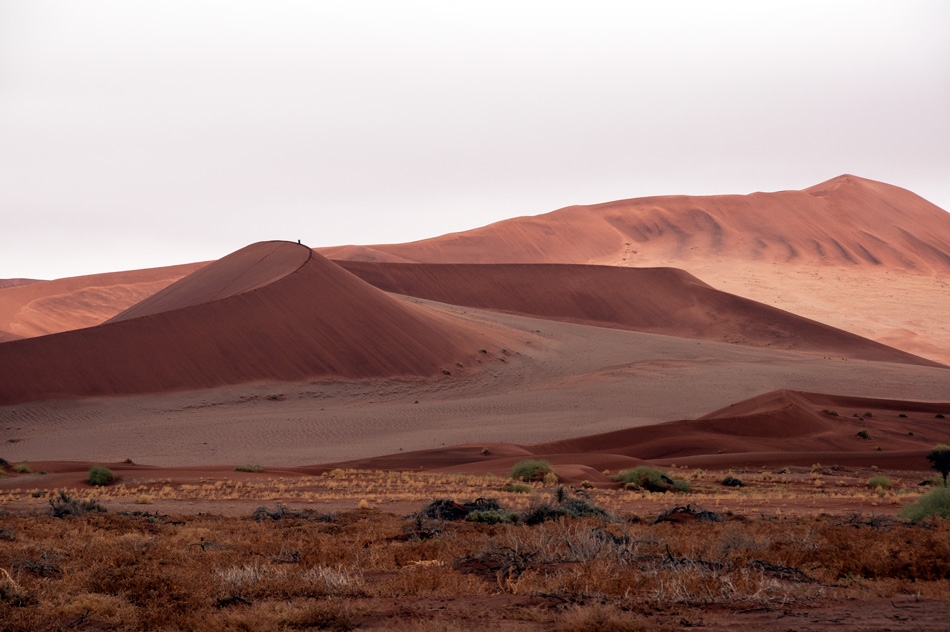
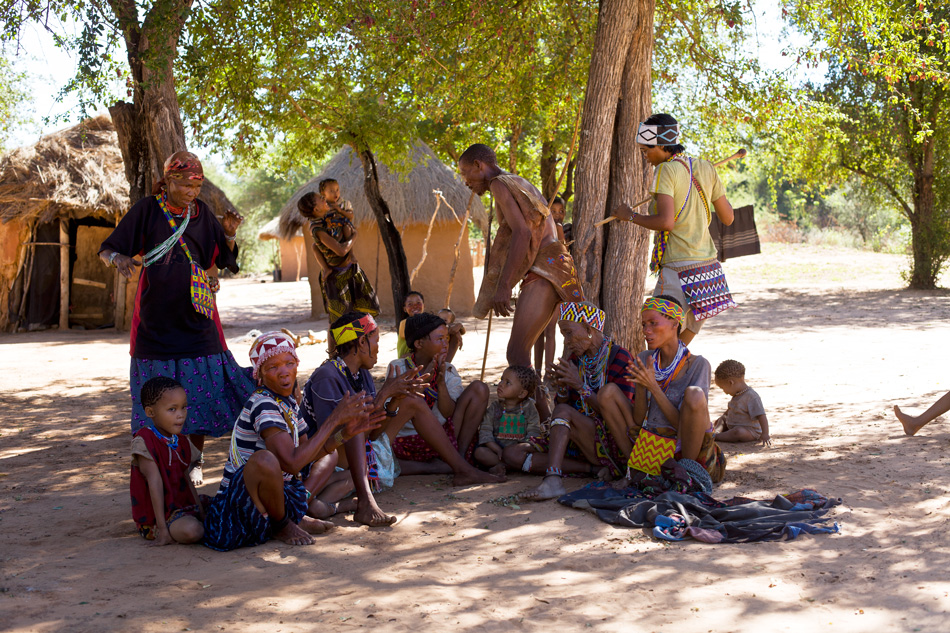
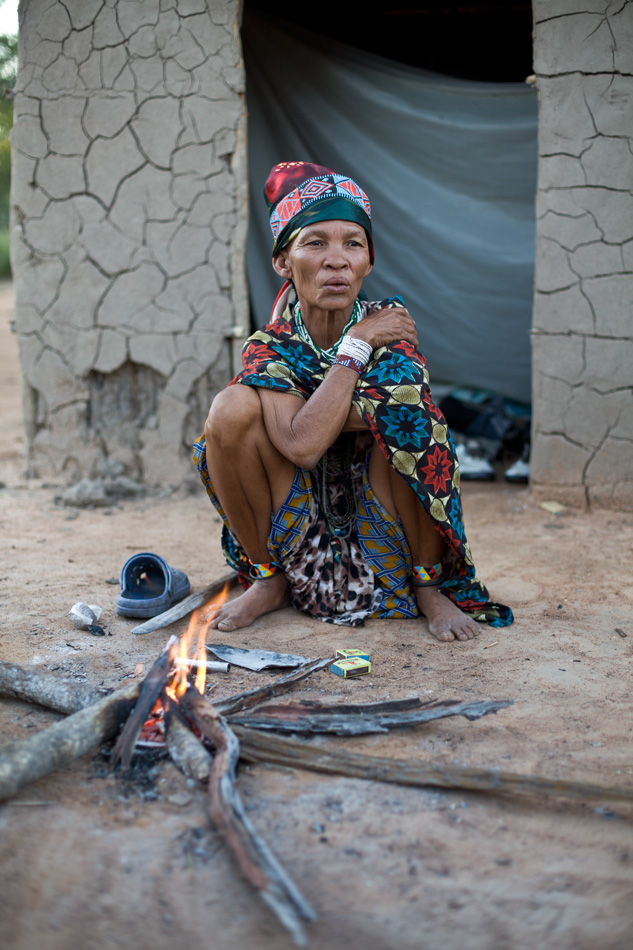
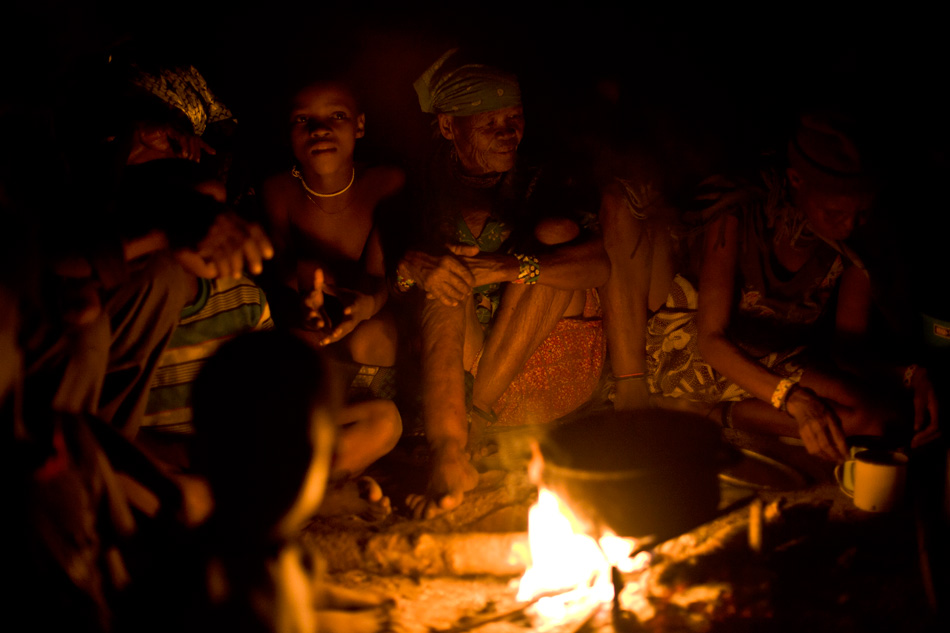
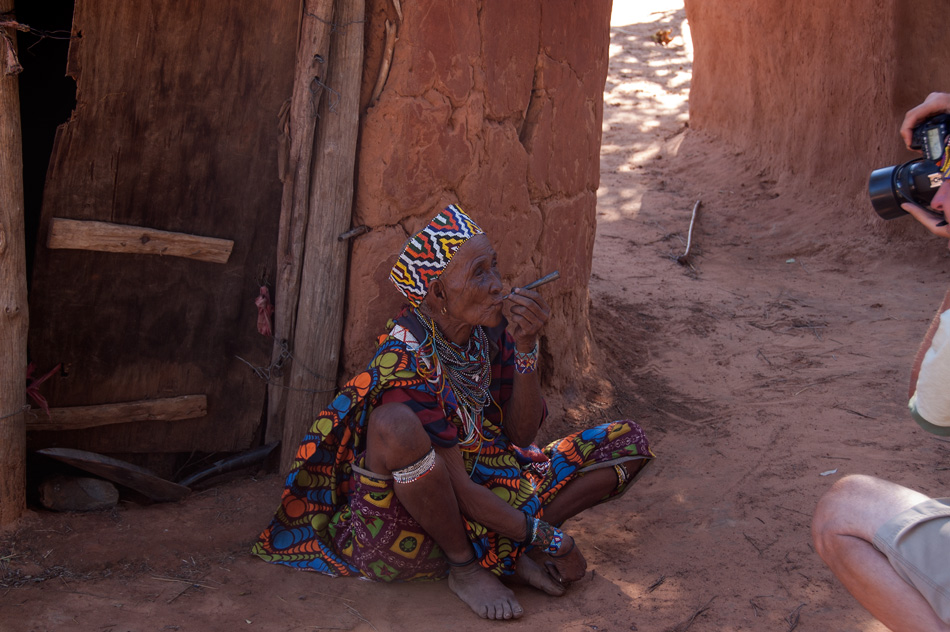
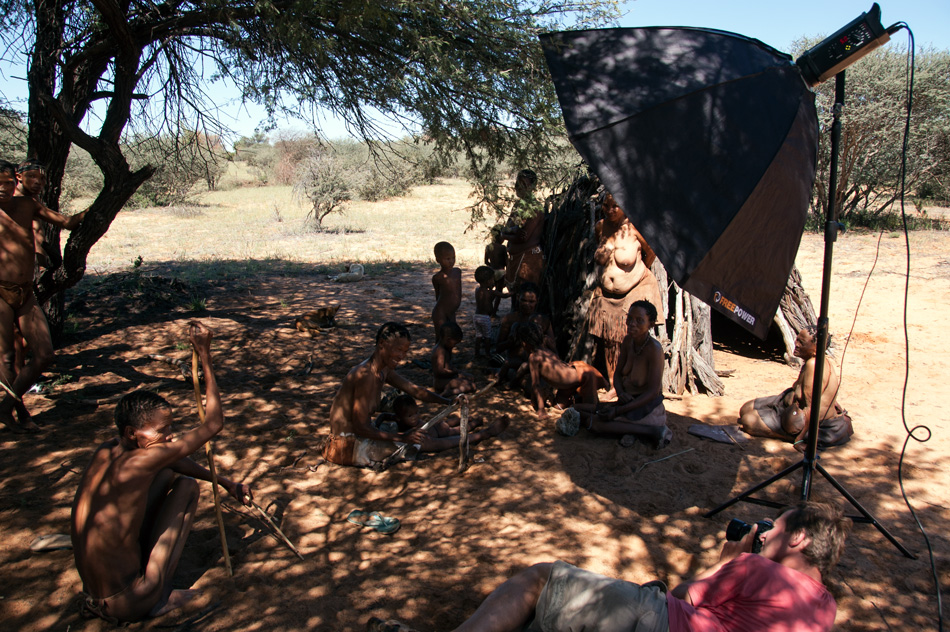

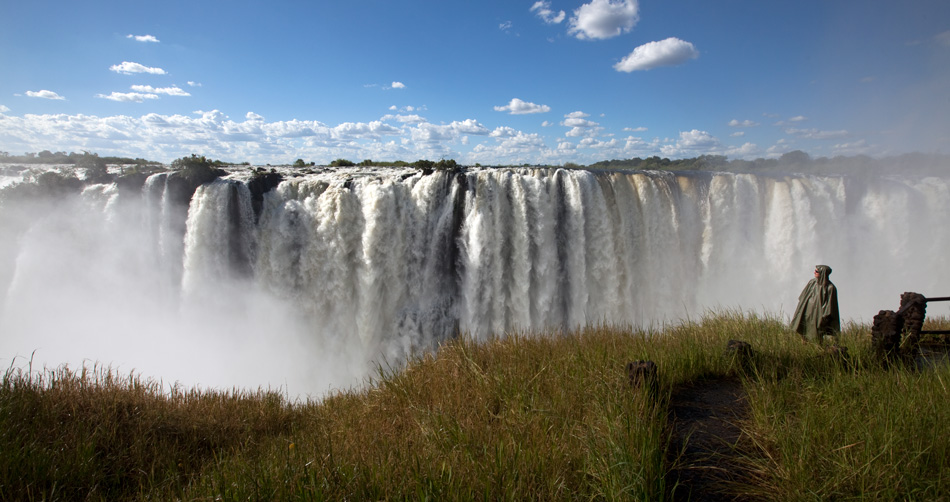
I blog often and I really thank you for your content.
This article has really peaked my interest.
I’m going to bookmark your site and keep checking for new information about
once per week. I subscribed to your RSS feed as well.
Interesujący temat, doskonale przedstawione zagadnienie.
Pozdrawiam